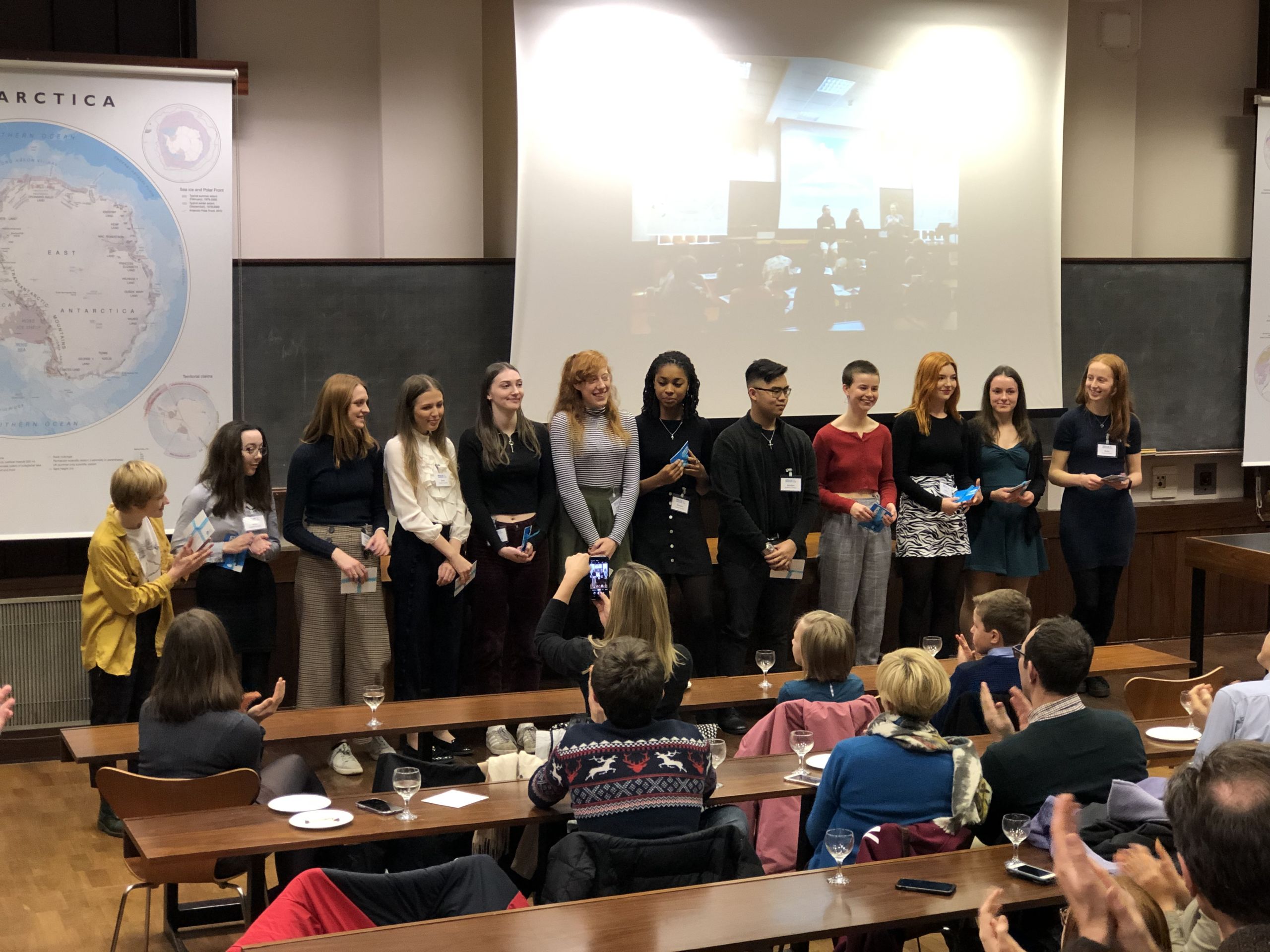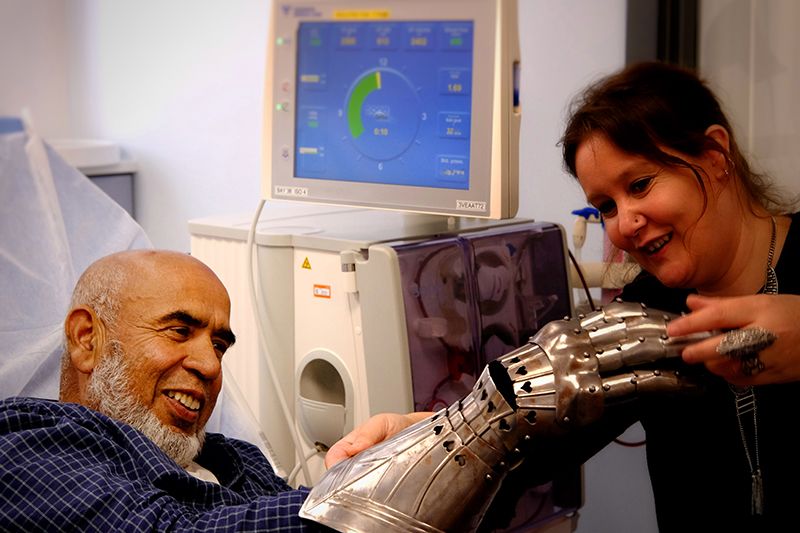Collections in Action
The University of Cambridge Museums and Botanic Garden
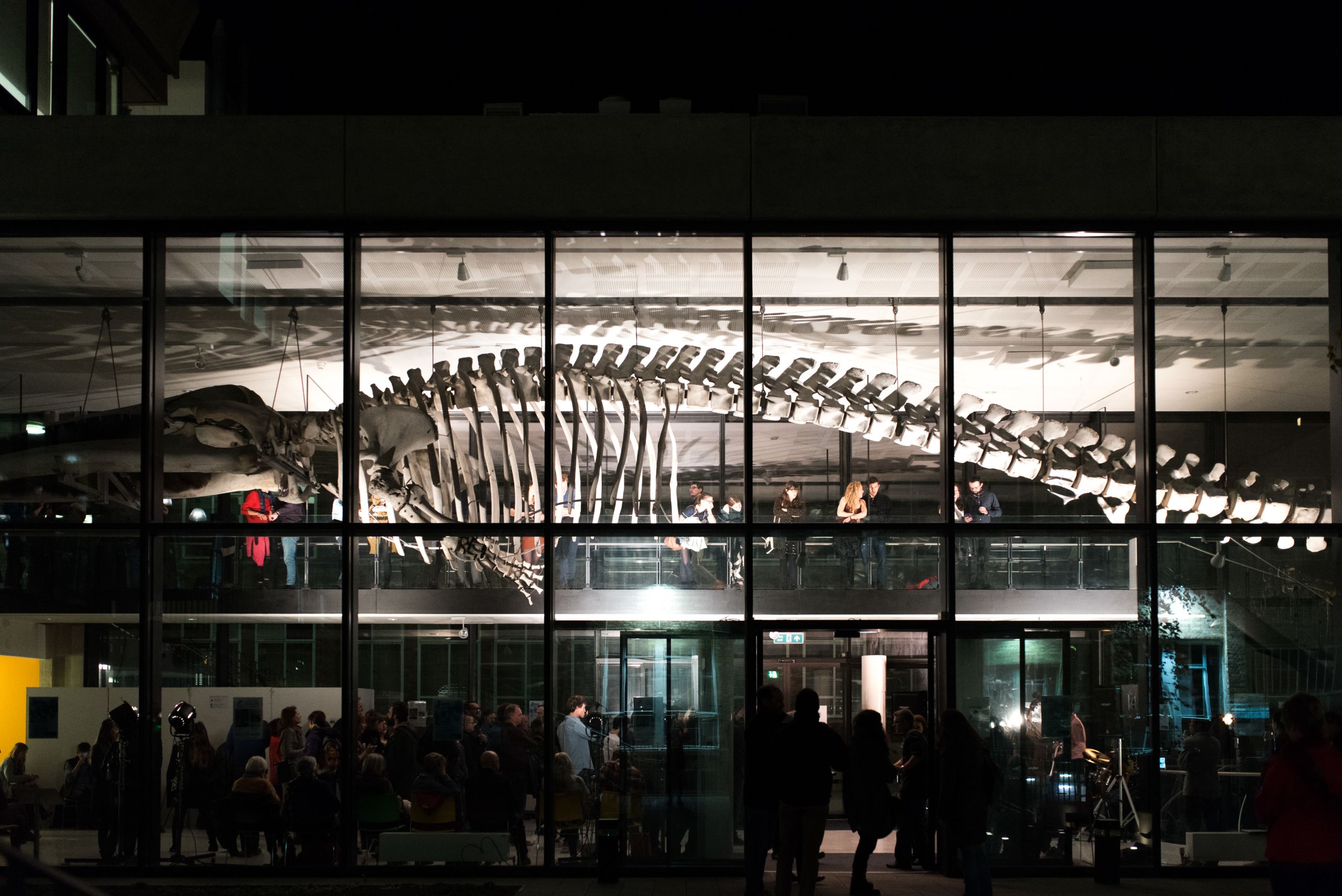
"The University’s collections are here to be used - to be mined for the information they contain, to be analysed from different disciplinary points of view, to inspire thinking about the past that is linked to our current concerns, to be discovered over and over again."
Professor Stephen Toope
Vice-Chancellor of the University of Cambridge
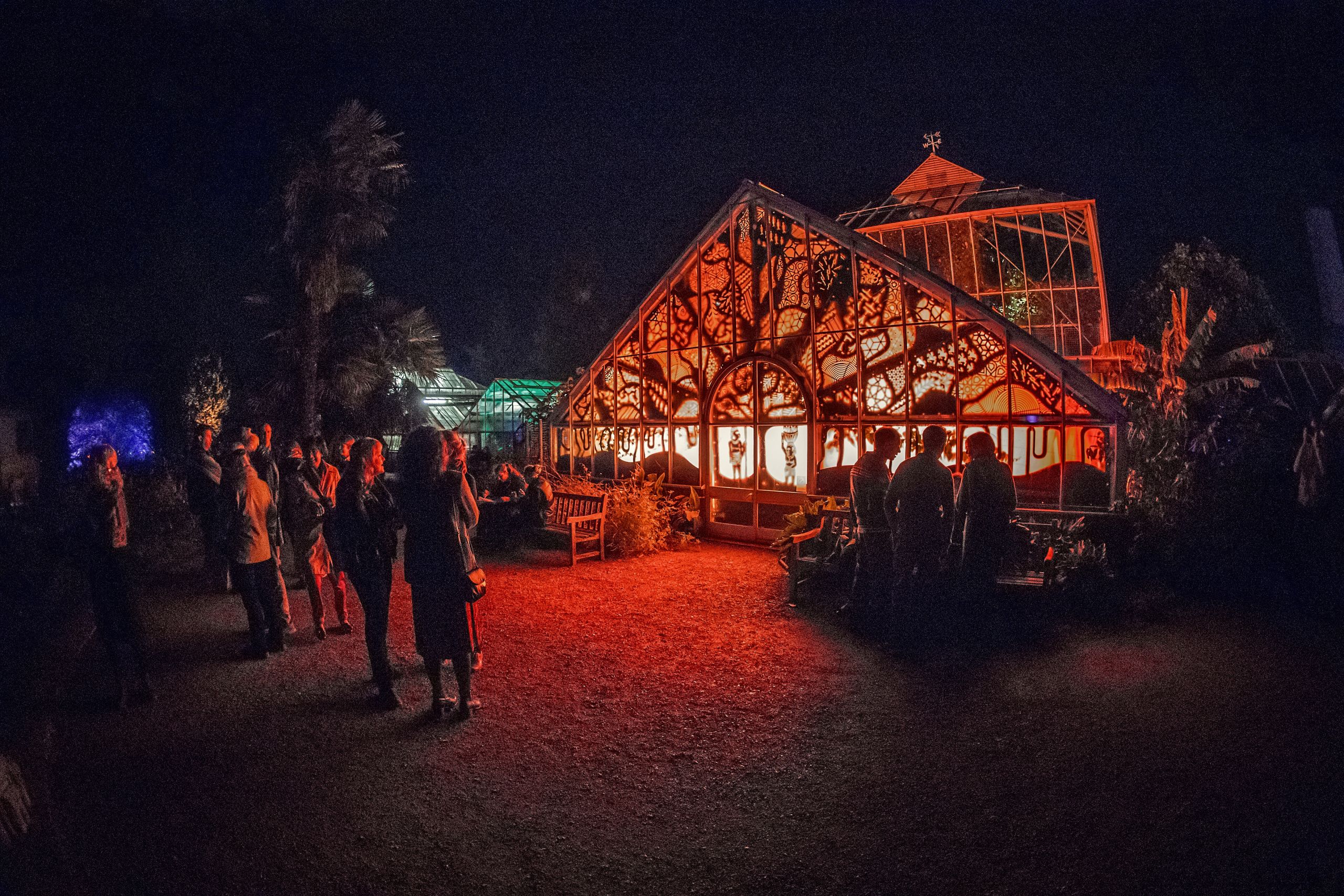
The University of Cambridge Museums and Botanic Garden represent the UK's highest concentration of internationally-important collections outside London. The collections include more than five million works of art, artefacts and specimens from all the continents of the world. Five of the museums' collections are Designated as internationally significant.
Read on to discover nine remarkable collections.
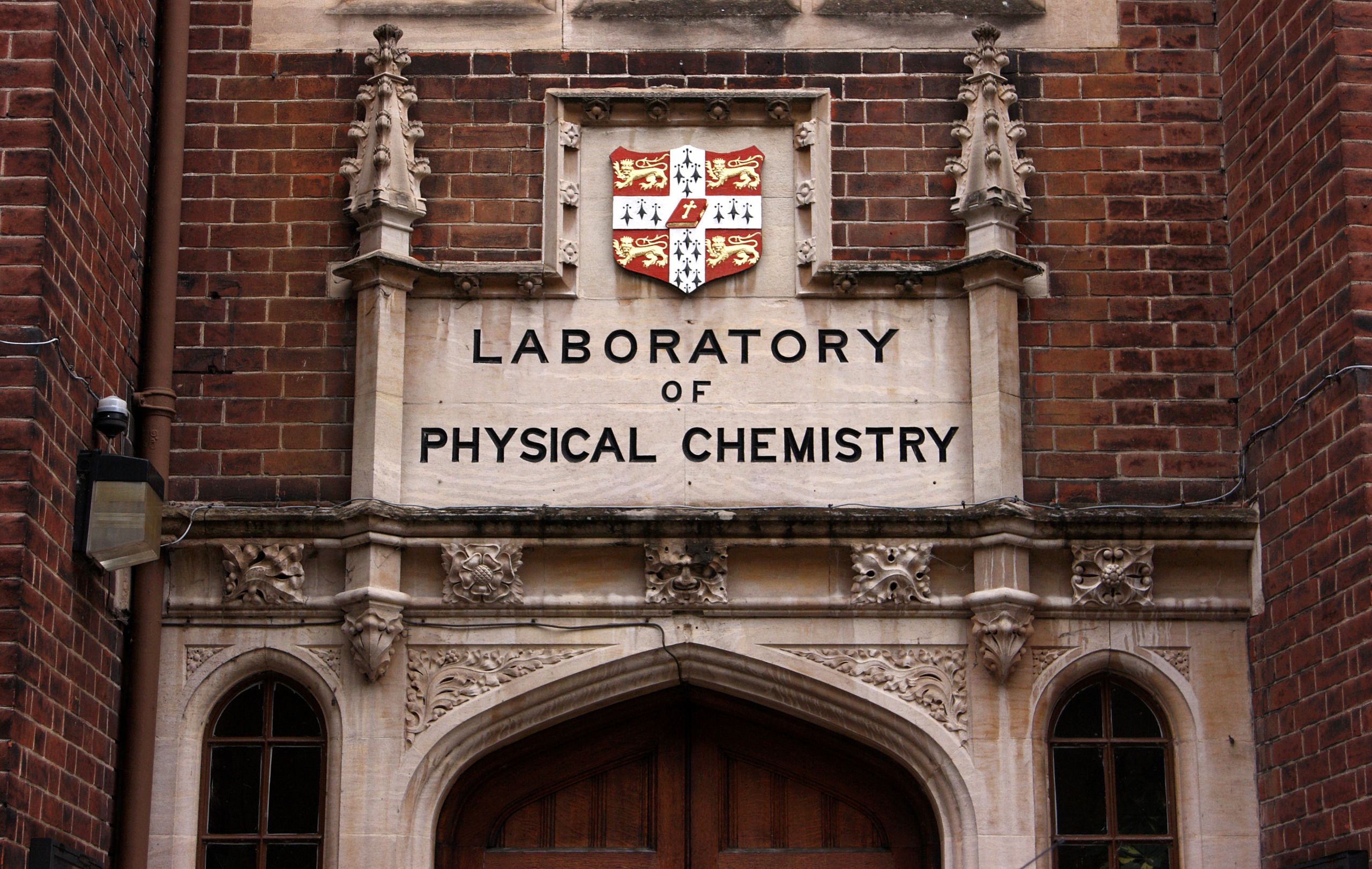
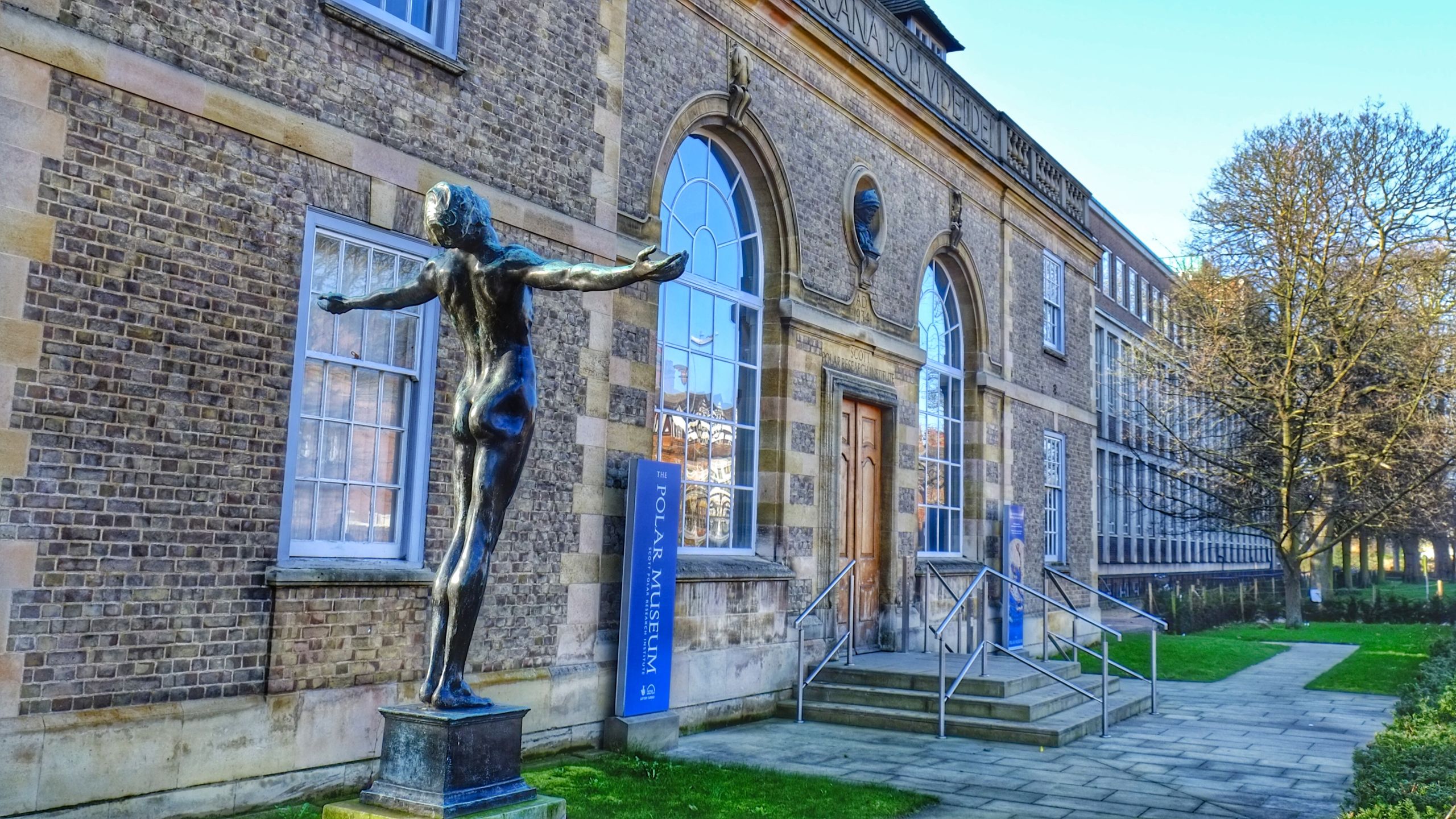
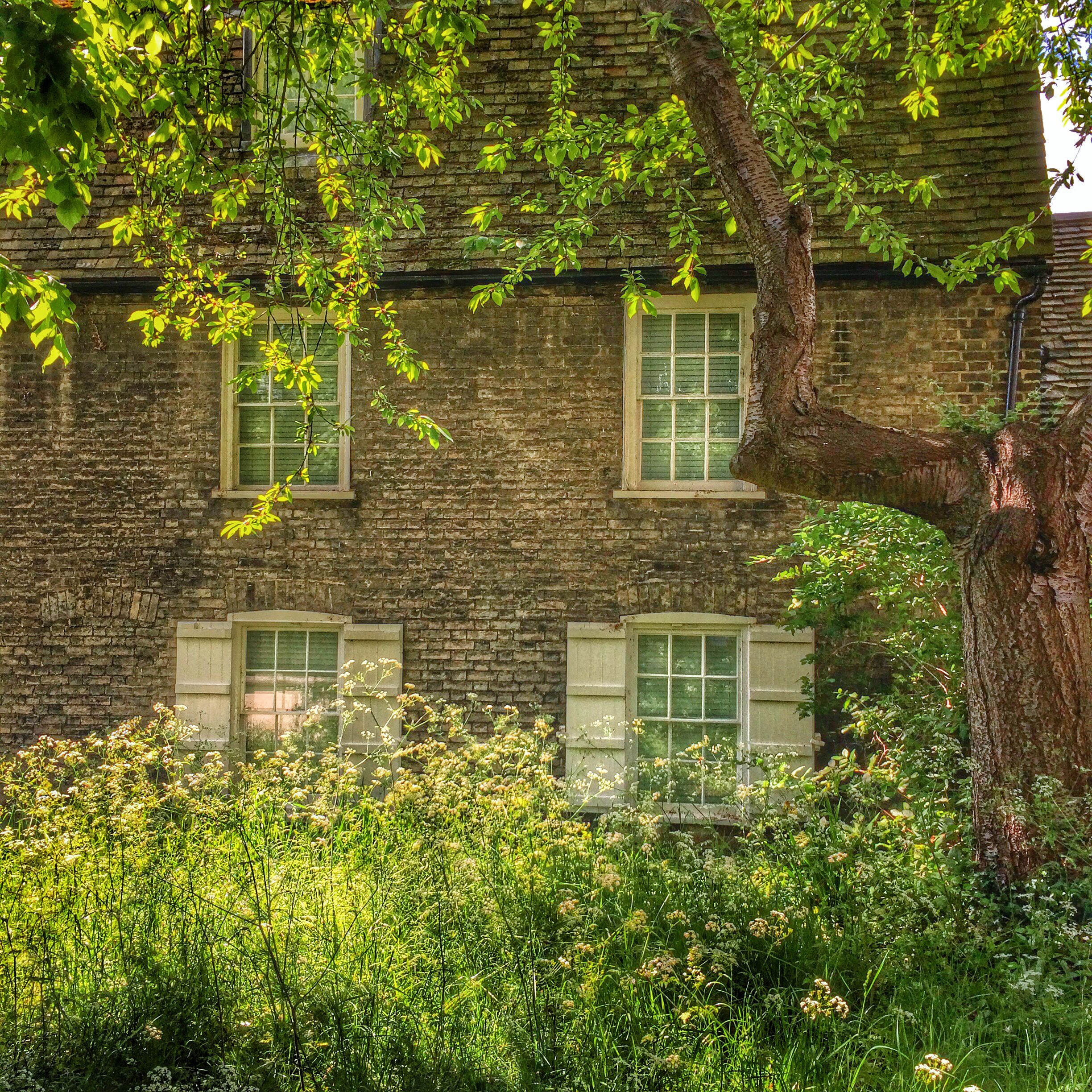
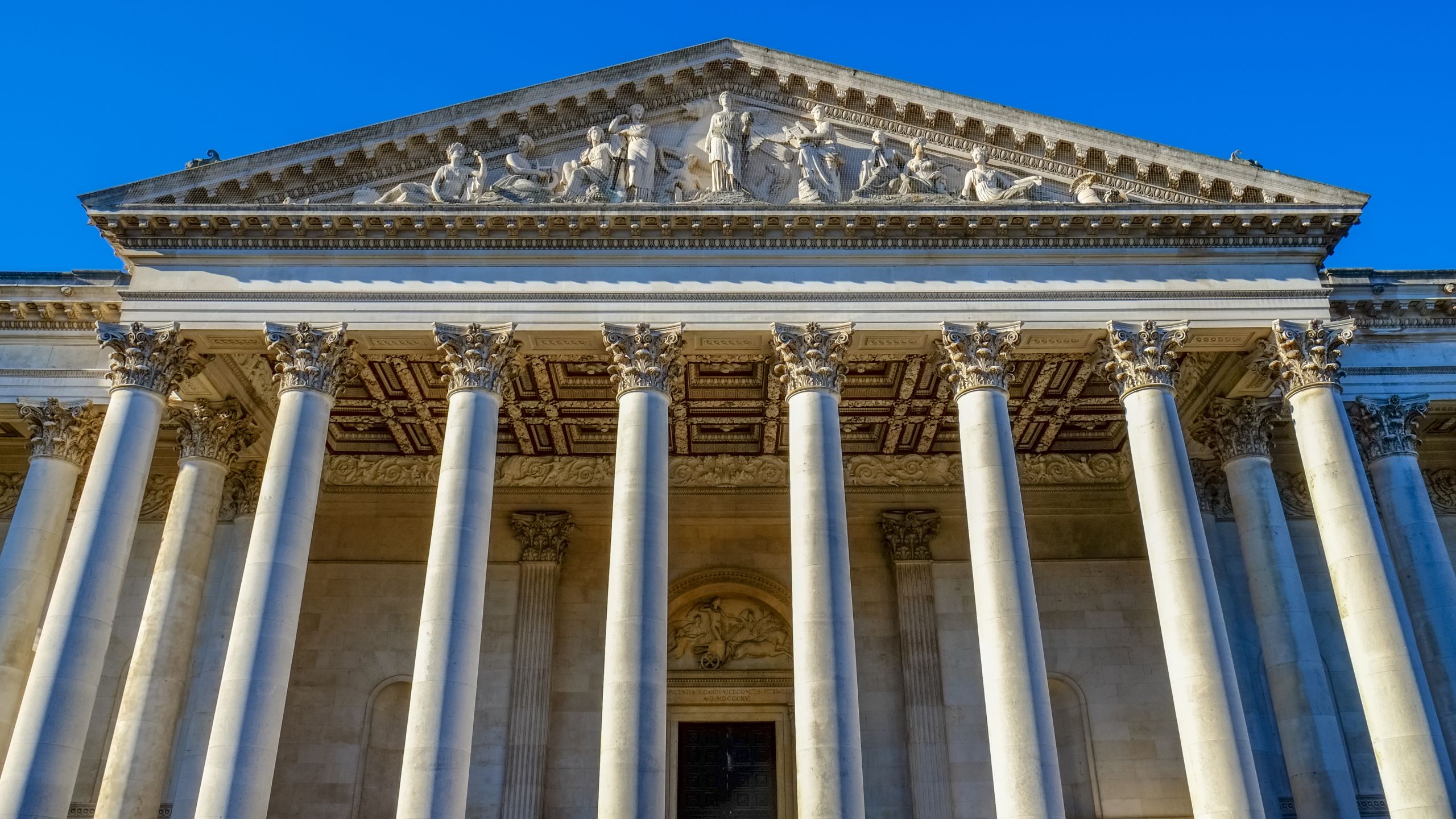
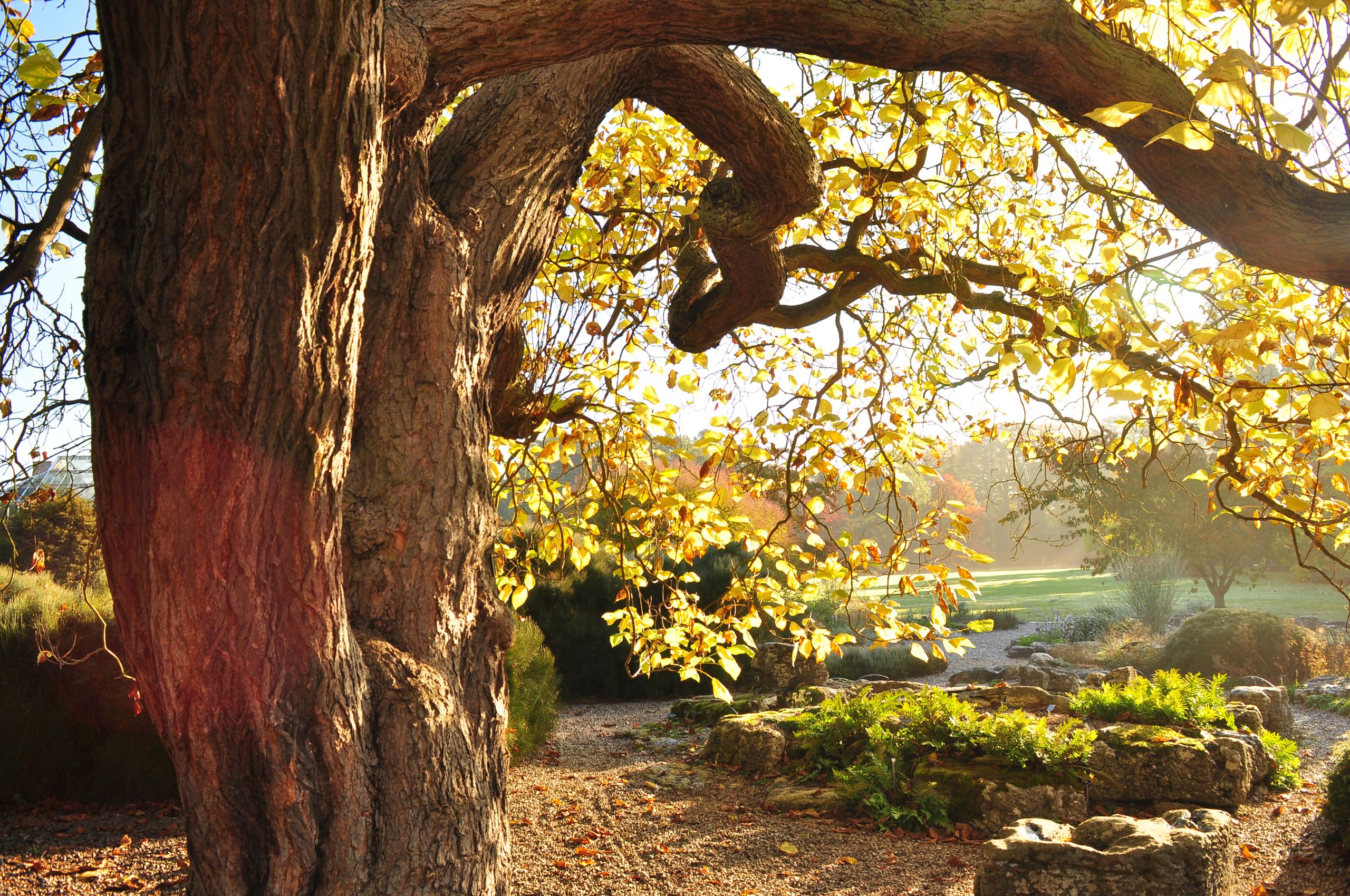
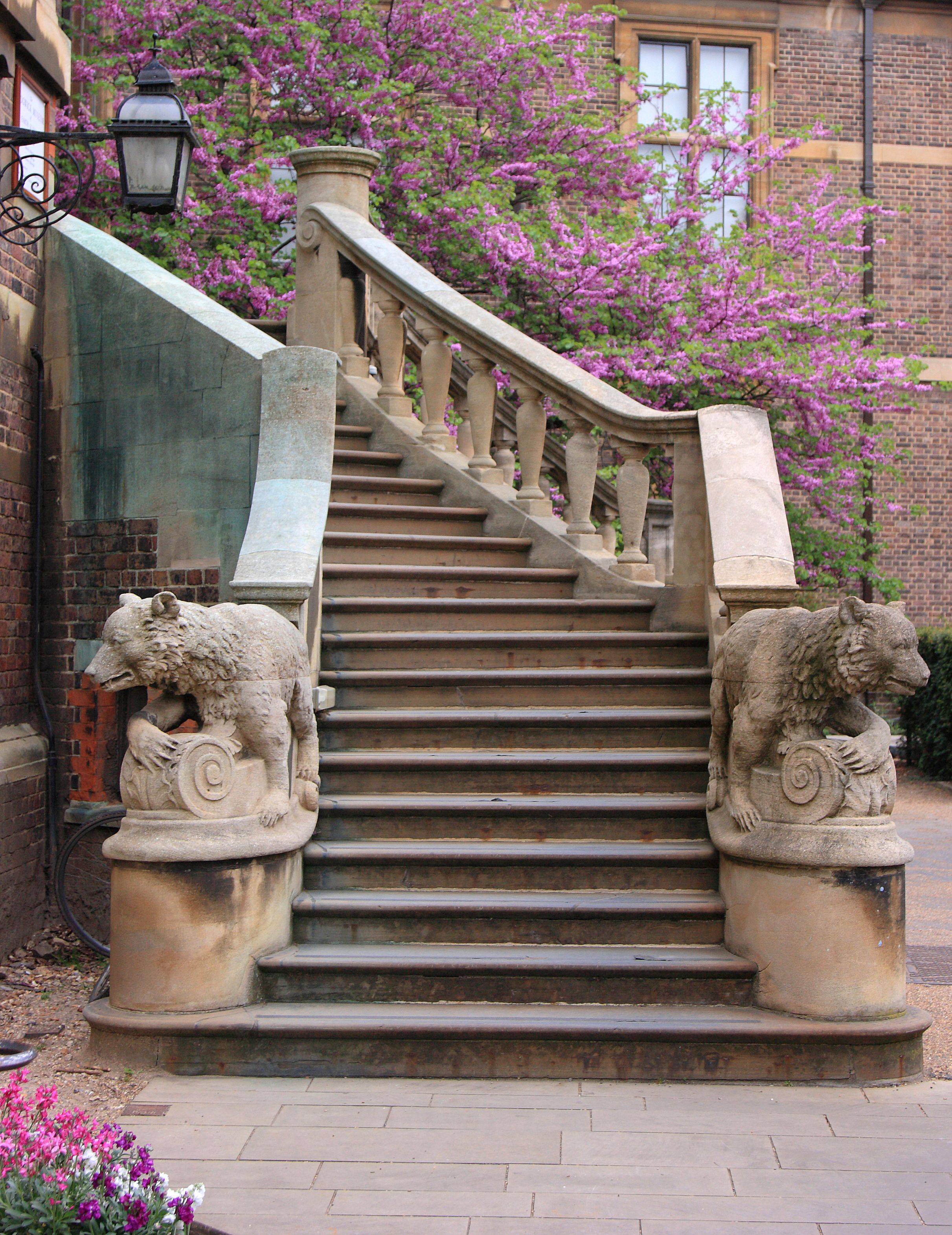
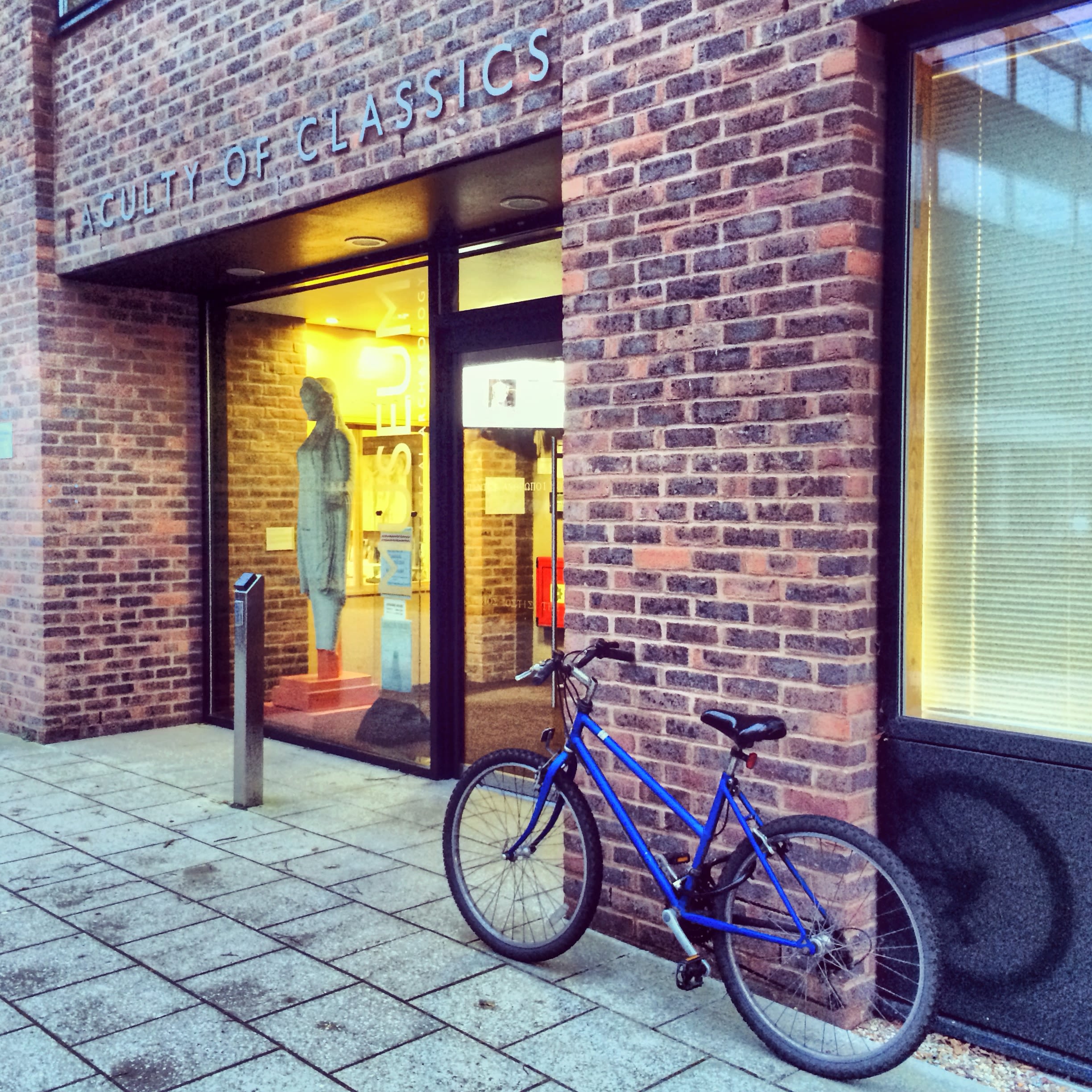
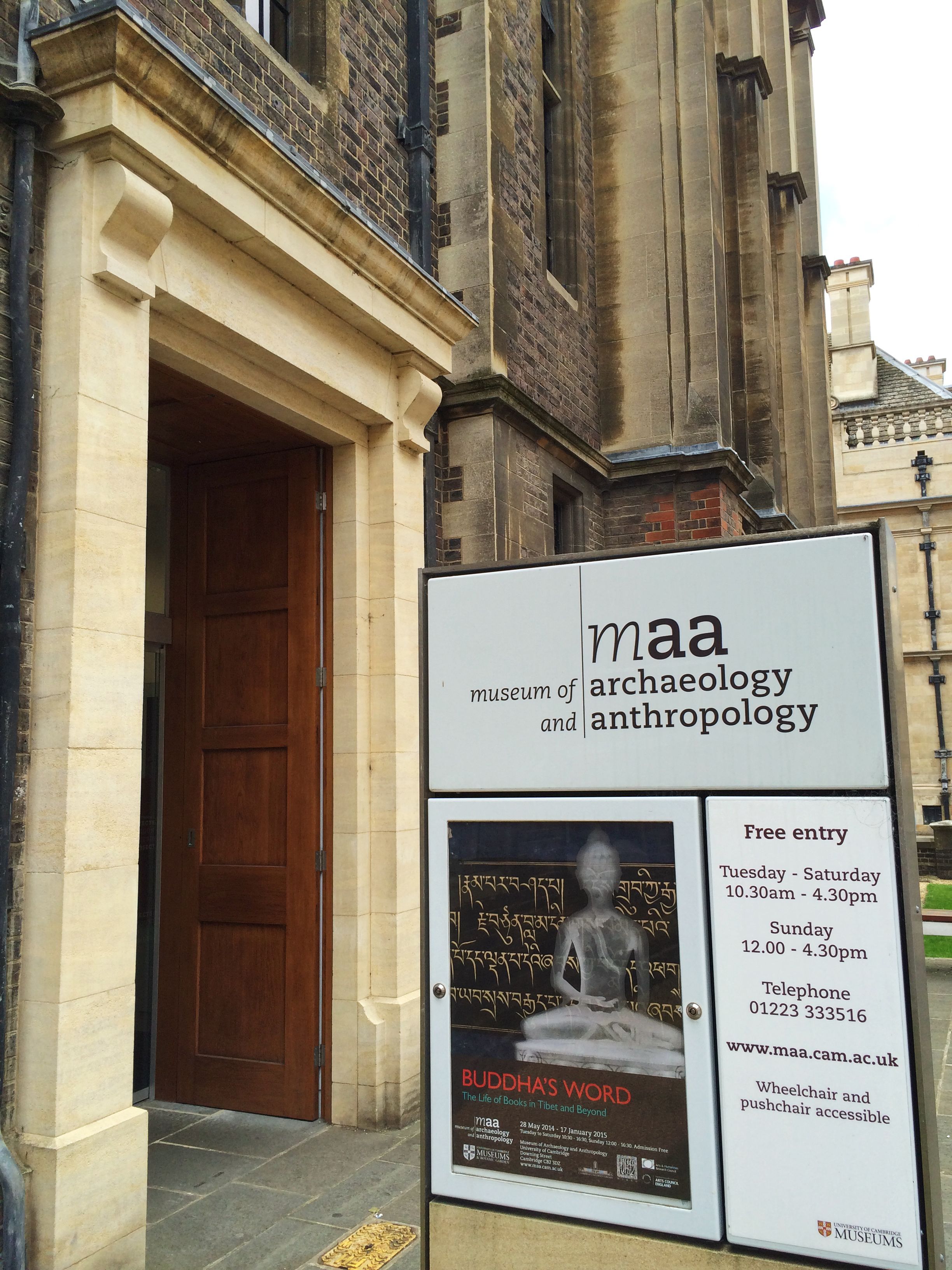
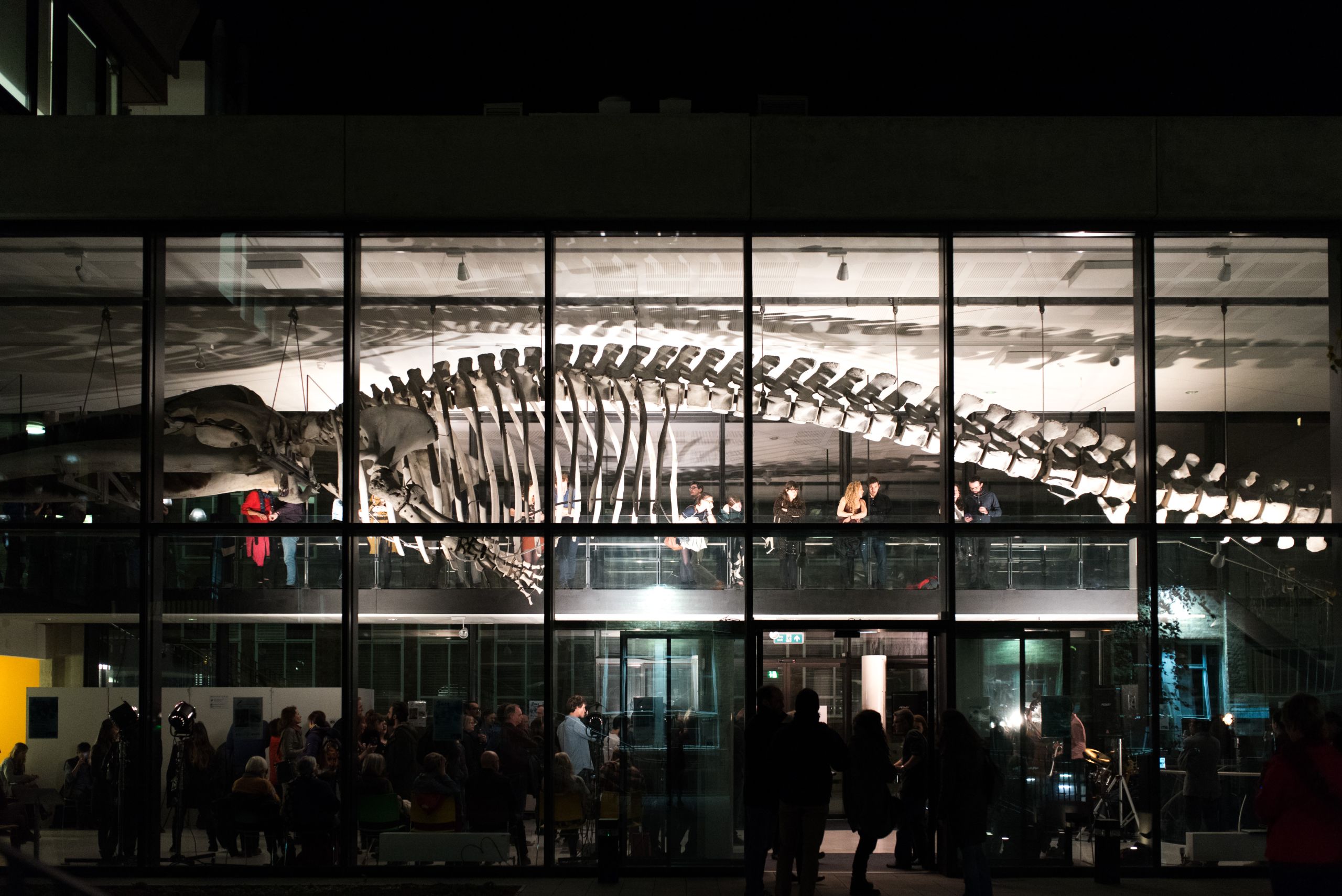

The Whipple Museum of the History of Science was founded in 1944 when Robert Stewart Whipple donated his collection of scientific instruments to the University. Today the Whipple Museum's collection includes scientific instruments, apparatus, models, pictures, prints, photographs, books and other material related to the history of science. It sits at the heart of the Department of the History and Philosophy of Science.
The Whipple Museum of the History of Science was founded in 1944 when Robert Stewart Whipple donated his collection of scientific instruments to the University. Today the Whipple Museum's collection includes scientific instruments, apparatus, models, pictures, prints, photographs, books and other material related to the history of science. It sits at the heart of the Department of the History and Philosophy of Science.

The Polar Museum's unique collections contain artifacts, artworks, historic documents and photographs of the Polar regions, including the last letters of Captain Scott, the Antarctic expedition diaries of Sir Ernest Shackleton, and Inuit, Greenlandic and Siberian art and material culture. The Museum is part of the Scott Polar Research Institute, founded in 1920 as a memorial to Robert Falcon Scott and his companions who had died returning from the South Pole on the British Antarctic Expedition (1910-1913).
The Polar Museum's unique collections contain artifacts, artworks, historic documents and photographs of the Polar regions, including the last letters of Captain Scott, the Antarctic expedition diaries of Sir Ernest Shackleton, and Inuit, Greenlandic and Siberian art and material culture. The Museum is part of the Scott Polar Research Institute, founded in 1920 as a memorial to Robert Falcon Scott and his companions who had died returning from the South Pole on the British Antarctic Expedition (1910-1913).

Nestled on the side of Pound's Hill, Kettle's Yard is the University's modern and contemporary art gallery. It holds a world-class collection of modern British and international art collected by Jim Ede (1895-1990) and displayed by him and his wife Helen in their home, and a newly-refurbished gallery that hosts modern and contemporary art exhibitions.
Nestled on the side of Pound's Hill, Kettle's Yard is the University's modern and contemporary art gallery. It holds a world-class collection of modern British and international art collected by Jim Ede (1895-1990) and displayed by him and his wife Helen in their home, and a newly-refurbished gallery that hosts modern and contemporary art exhibitions.

Founded in 1816, the Fitzwilliam Museum houses a world-renowned collection of over half a million works of art, masterpiece paintings and historical artifacts. "The Fitz" is the lead partner in the UCM consortium and administers our Arts Council England National Portfolio Organisation-funded programme.
Founded in 1816, the Fitzwilliam Museum houses a world-renowned collection of over half a million works of art, masterpiece paintings and historical artifacts. "The Fitz" is the lead partner in the UCM consortium and administers our Arts Council England National Portfolio Organisation-funded programme.

Cambridge University Botanic Garden holds a collection of over 8,000 plant species from all over the world to facilitate teaching and research. The Garden provides resources including plant material, horticultural expertise and facilities to research workers and lecturers. Since its foundation in 1762, however, the Garden has also provided a beautiful place for everybody to enjoy and benefit from – a series of wonderful landscapes through which to discover the drama of plant diversity.
Cambridge University Botanic Garden holds a collection of over 8,000 plant species from all over the world to facilitate teaching and research. The Garden provides resources including plant material, horticultural expertise and facilities to research workers and lecturers. Since its foundation in 1762, however, the Garden has also provided a beautiful place for everybody to enjoy and benefit from – a series of wonderful landscapes through which to discover the drama of plant diversity.

The Sedgwick Museum of Earth Sciences is the oldest of the University of Cambridge Museums, having been established in 1728 as the Woodwardian Museum. Since then the collection has grown to encompass at least 2 million fossils, minerals and rocks. A walk through the museum will take you on a 4.5 billion year journey through time, from the meteoritic building blocks of planets, to the thousands of fossils of animals and plants that illustrate the evolution of life in the oceans, on land and in the air. The Museum is a major teaching and research resource in the Department of Earth Sciences.
The Sedgwick Museum of Earth Sciences is the oldest of the University of Cambridge Museums, having been established in 1728 as the Woodwardian Museum. Since then the collection has grown to encompass at least 2 million fossils, minerals and rocks. A walk through the museum will take you on a 4.5 billion year journey through time, from the meteoritic building blocks of planets, to the thousands of fossils of animals and plants that illustrate the evolution of life in the oceans, on land and in the air. The Museum is a major teaching and research resource in the Department of Earth Sciences.

The Museum of Classical Archaeology houses one of the largest plaster cast collections in the world. Founded in 1884, the Museum's collection of copies of Greek and Roman sculpture is still central to the teaching of classical archaeology within the Faculty of Classics.
The Museum of Classical Archaeology houses one of the largest plaster cast collections in the world. Founded in 1884, the Museum's collection of copies of Greek and Roman sculpture is still central to the teaching of classical archaeology within the Faculty of Classics.

The Museum of Archaeology and Anthropology (MAA) has one of the most important collections of its kind in the UK. Originally founded in 1884, MAA's collections span nearly two million years of human history, on all six inhabited continents. Today the Museum works closely with Indigenous and source communities across the world.
The Museum of Archaeology and Anthropology (MAA) has one of the most important collections of its kind in the UK. Originally founded in 1884, MAA's collections span nearly two million years of human history, on all six inhabited continents. Today the Museum works closely with Indigenous and source communities across the world.

The University Museum of Zoology holds many wonderful treasures, such as specimens discovered by the great naturalists, including Charles Darwin and Alfred Russel Wallace. The Museum of Zoology started life as two separate collections: a Museum of Comparative Anatomy and the collection of the Cambridge Philosophical Society. In 1865 the Museum of Comparative Anatomy and Zoology was built on the New Museums Site to house both of these collections, and today the museum holds approximately two million objects.
The University Museum of Zoology holds many wonderful treasures, such as specimens discovered by the great naturalists, including Charles Darwin and Alfred Russel Wallace. The Museum of Zoology started life as two separate collections: a Museum of Comparative Anatomy and the collection of the Cambridge Philosophical Society. In 1865 the Museum of Comparative Anatomy and Zoology was built on the New Museums Site to house both of these collections, and today the museum holds approximately two million objects.
Our collections
The University of Cambridge Museums' collections include paintings by Monet and Picasso, biological and geological specimens collected by Charles Darwin, Isaac Newton's notebooks, artefacts collected on James Cook's voyages, and from the last Antarctic expedition of Robert Falcon Scott, and meteorites and moon rock from beyond our planet. The Botanic Garden's living collection includes over eight thousand specimens.
With associated field notes, books, and other documents, many of the collections tell how Cambridge scholars set out to understand the world around them: whether by dangerous and difficult journeys to the Polar regions or by close observation of the insects in the local landscape. Others represent different ways of seeing the world, through the eyes of artists or craftspeople, and have their origins in private collections. All were gathered in Cambridge in order to transmit knowledge to future generations of students and scholars.
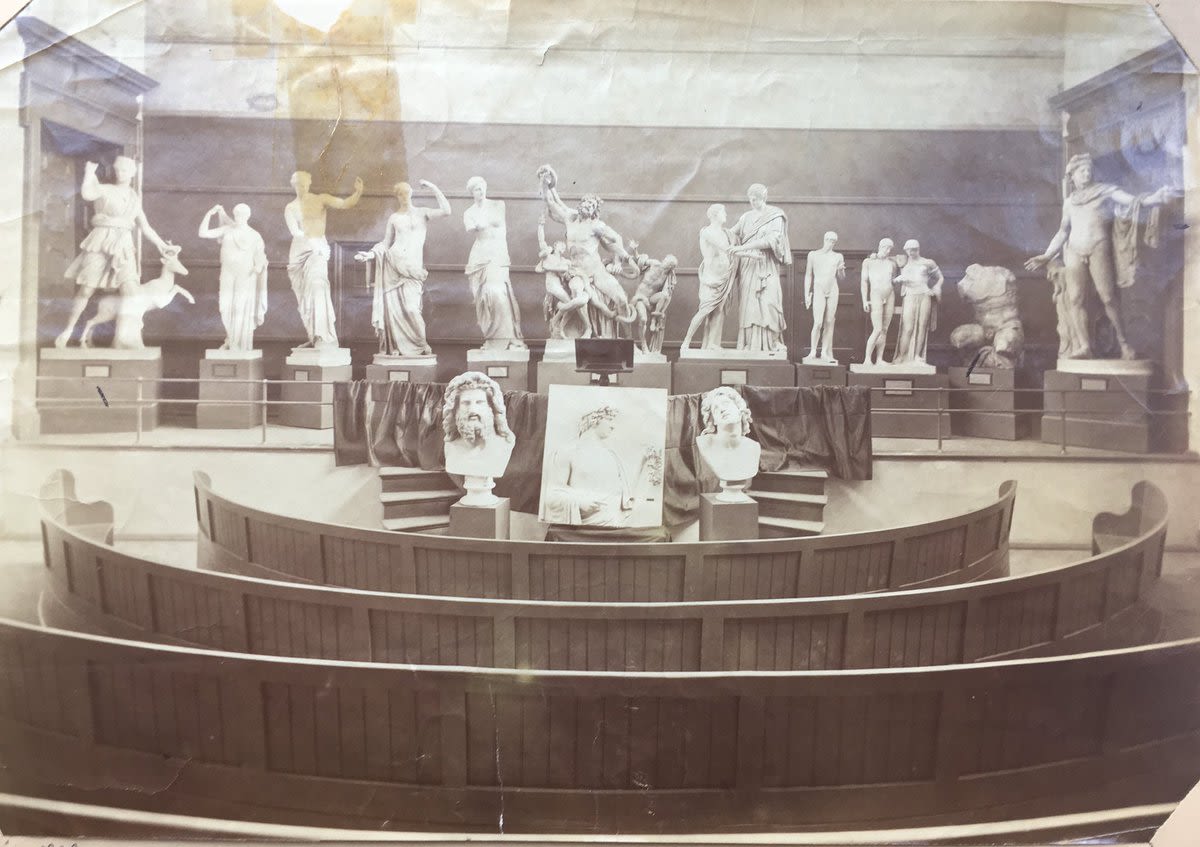
Plaster casts of Greek and Roman sculptures lined up in the Museum of Classical Archaeology's lecture theatre ready for teaching, c. 1900.
Plaster casts of Greek and Roman sculptures lined up in the Museum of Classical Archaeology's lecture theatre ready for teaching, c. 1900.
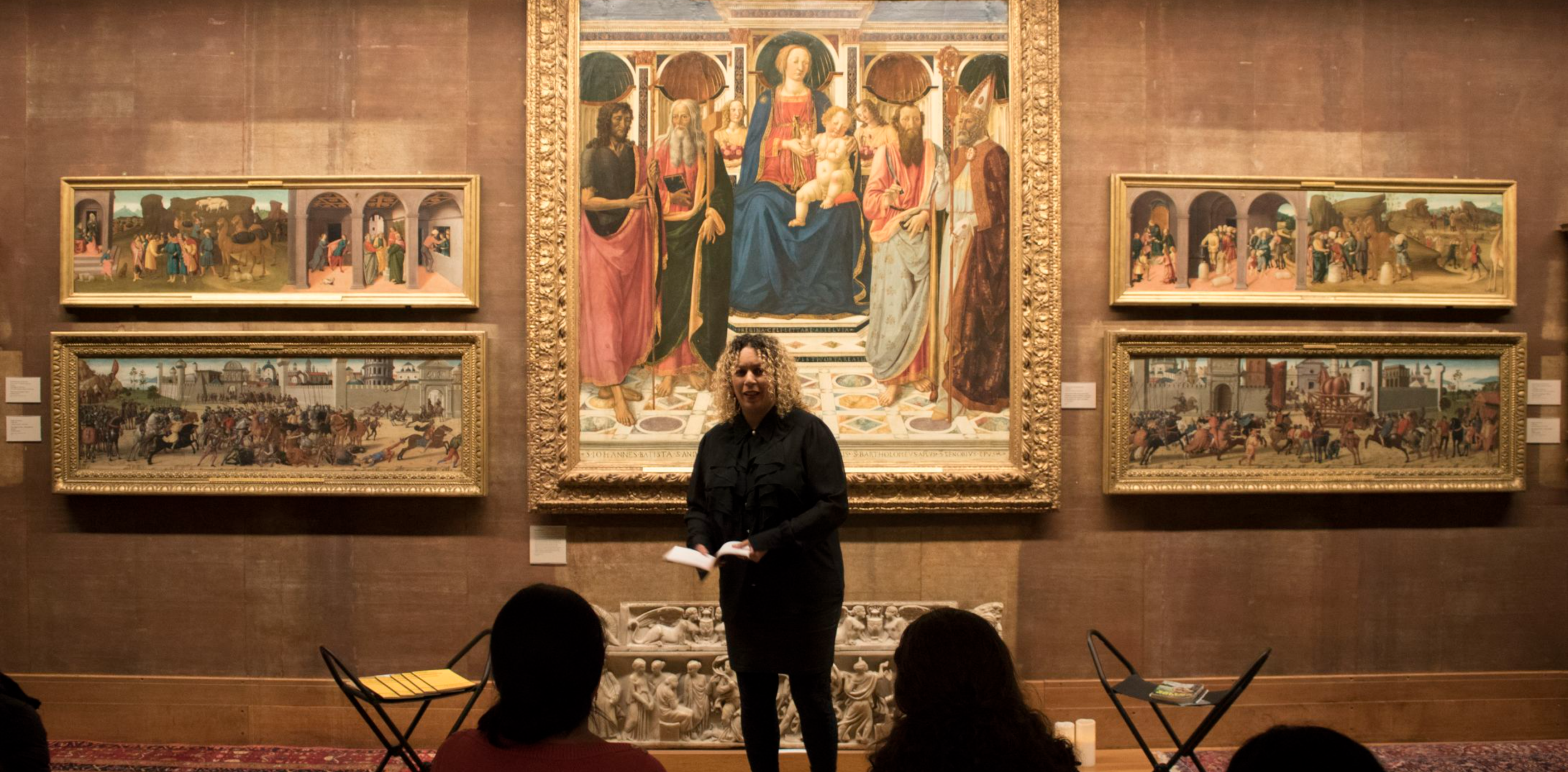
Poet Selena Godden performs at the Fitzwilliam Museum's Late event Great Women Artists: Fitz Feminist Takeover, 2018.
Poet Selena Godden performs at the Fitzwilliam Museum's Late event Great Women Artists: Fitz Feminist Takeover, 2018.
Today, the University Museums and Botanic Garden receive over a million visitors a year. The collections inspire research and teaching across the University and internationally, far beyond the scope that their founders could have envisaged. Active collecting ensures they remain relevant, whether reflecting the most cutting-edge Polar science, or works by exciting contemporary artists. New publicly-accessible databases and the development at MAA and the Sedgwick Museum of new Collections Research Centres mean more objects and information are available to a wider public than ever before.
We are also committed to exploring the collections in new ways through an ambitious exhibition programme and new approaches to interpretation, including our award-winning Bridging Binaries LGBTQ+ tour programme.
Through the Legacies project, the UCM is taking a rigorous look at our histories and the University's role as beneficiary in the unequal power relations of empire and colonialism. In 2022-23 we will come together as a consortium to share some of our first findings, and begin a dialogue with our wider communities, through a year of public programming and major exhibition.
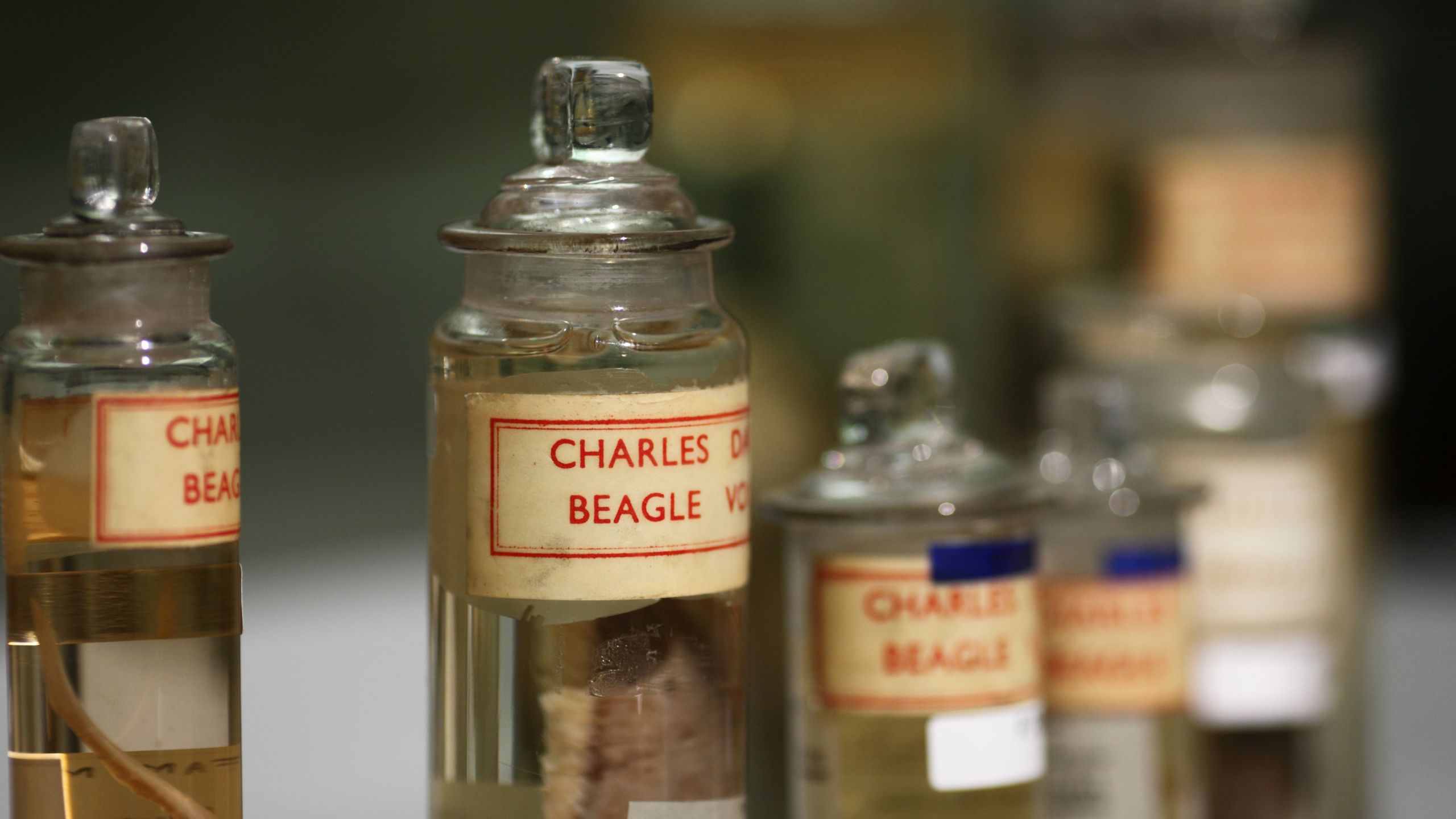
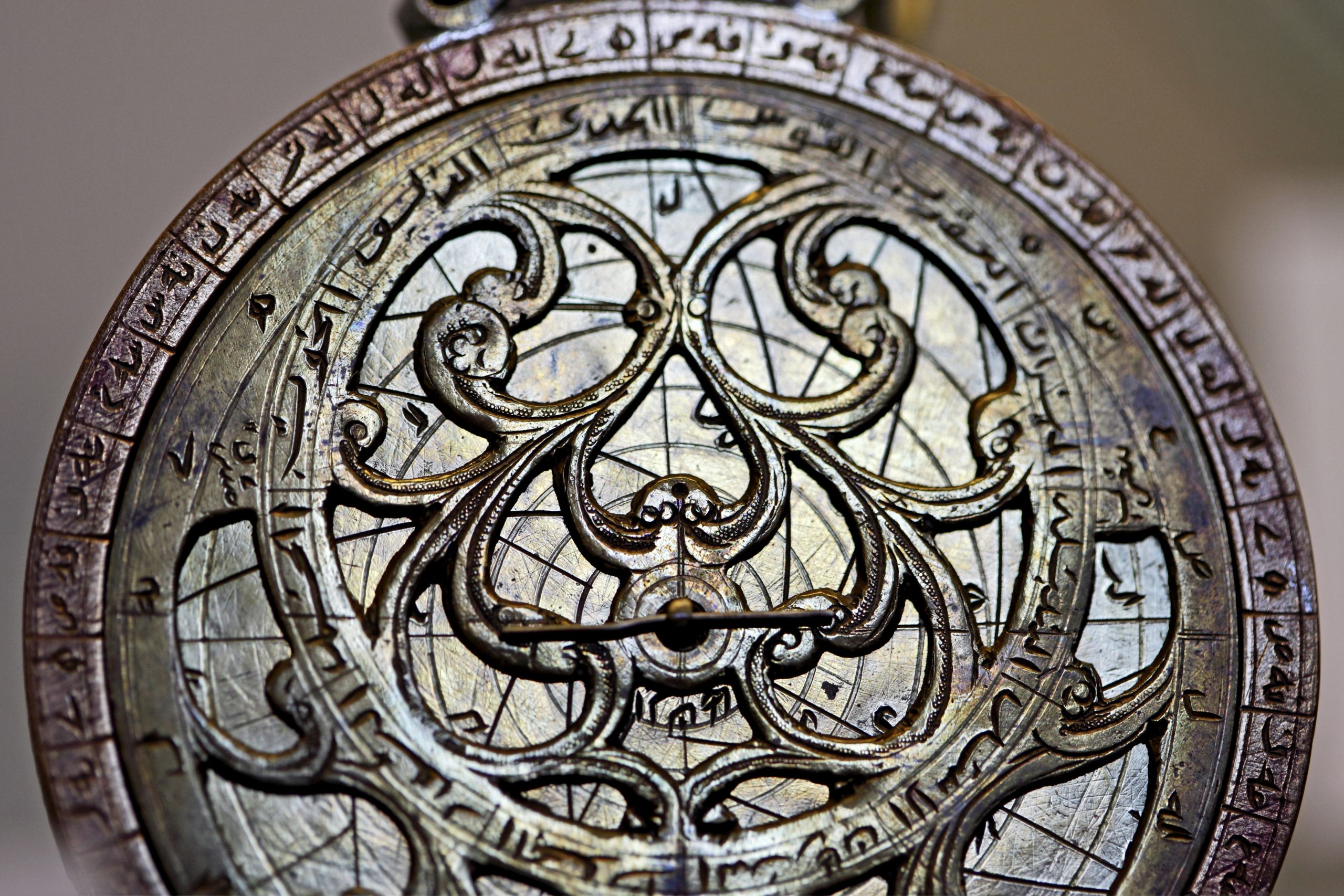
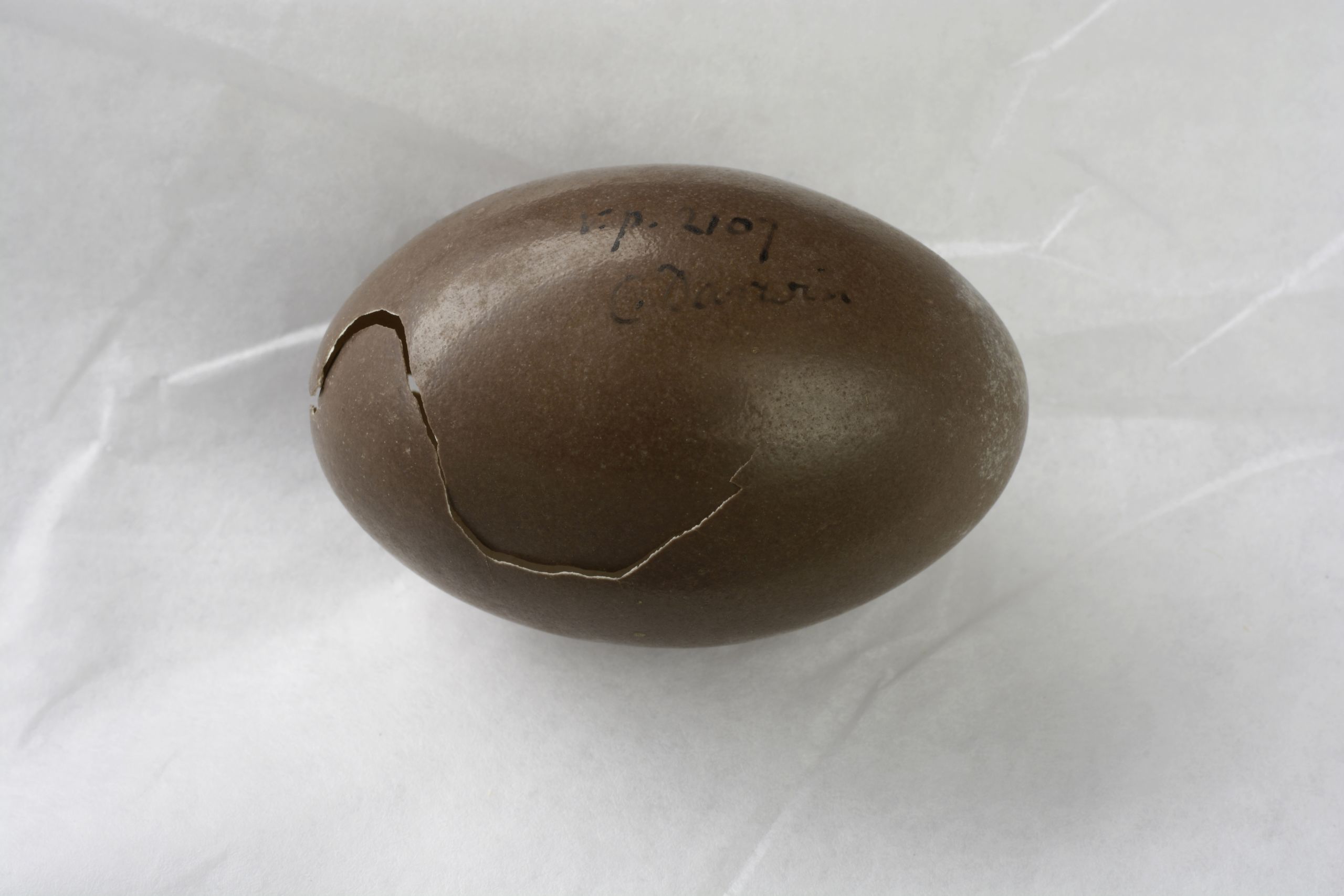
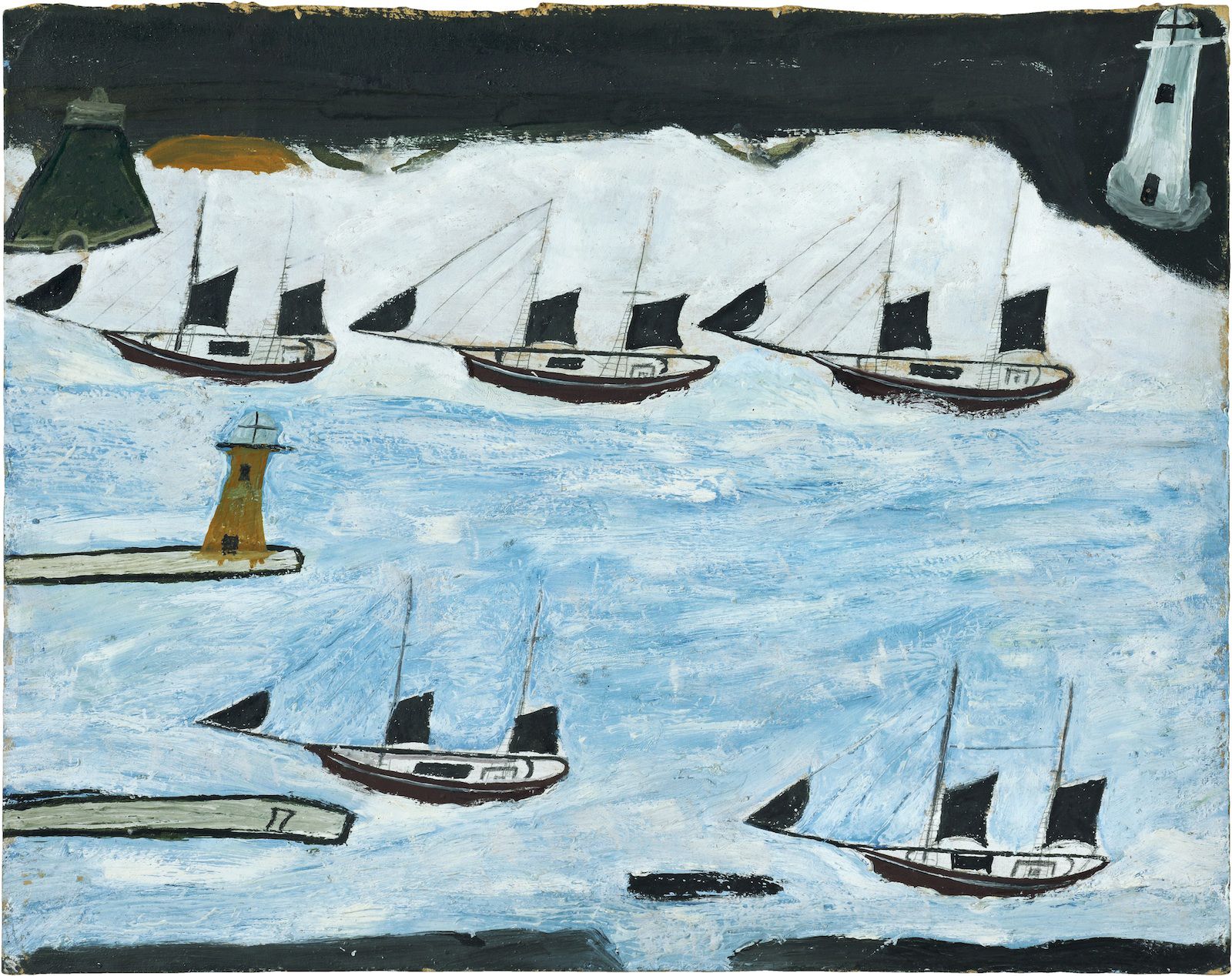
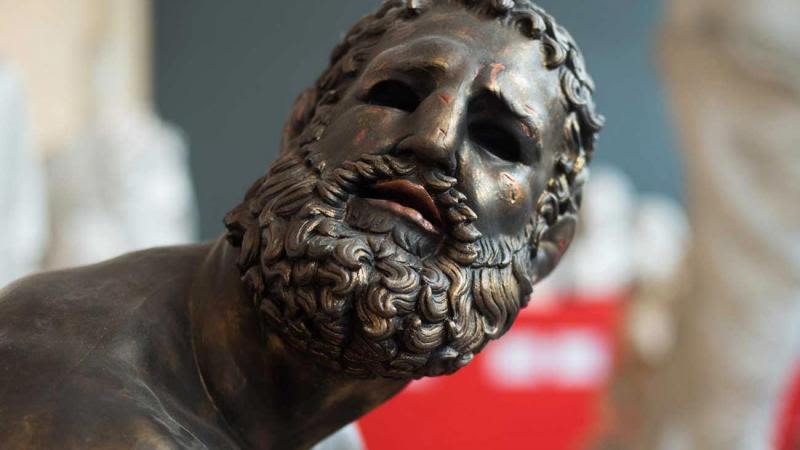
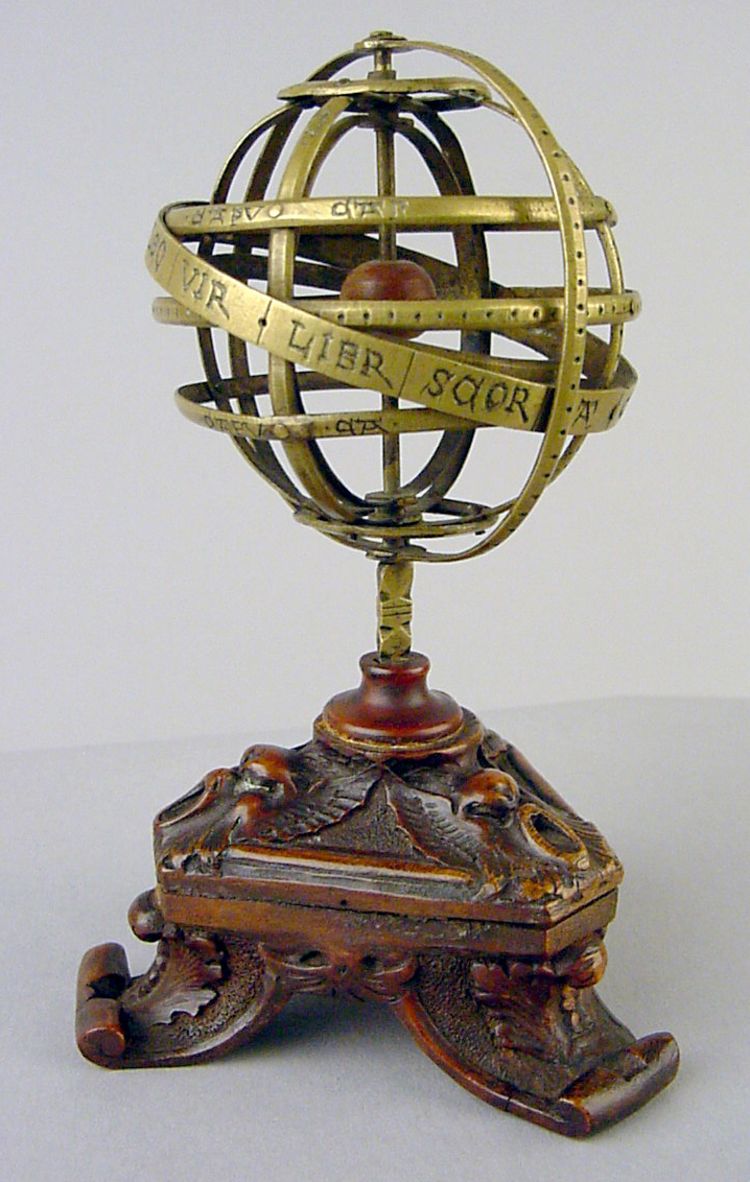
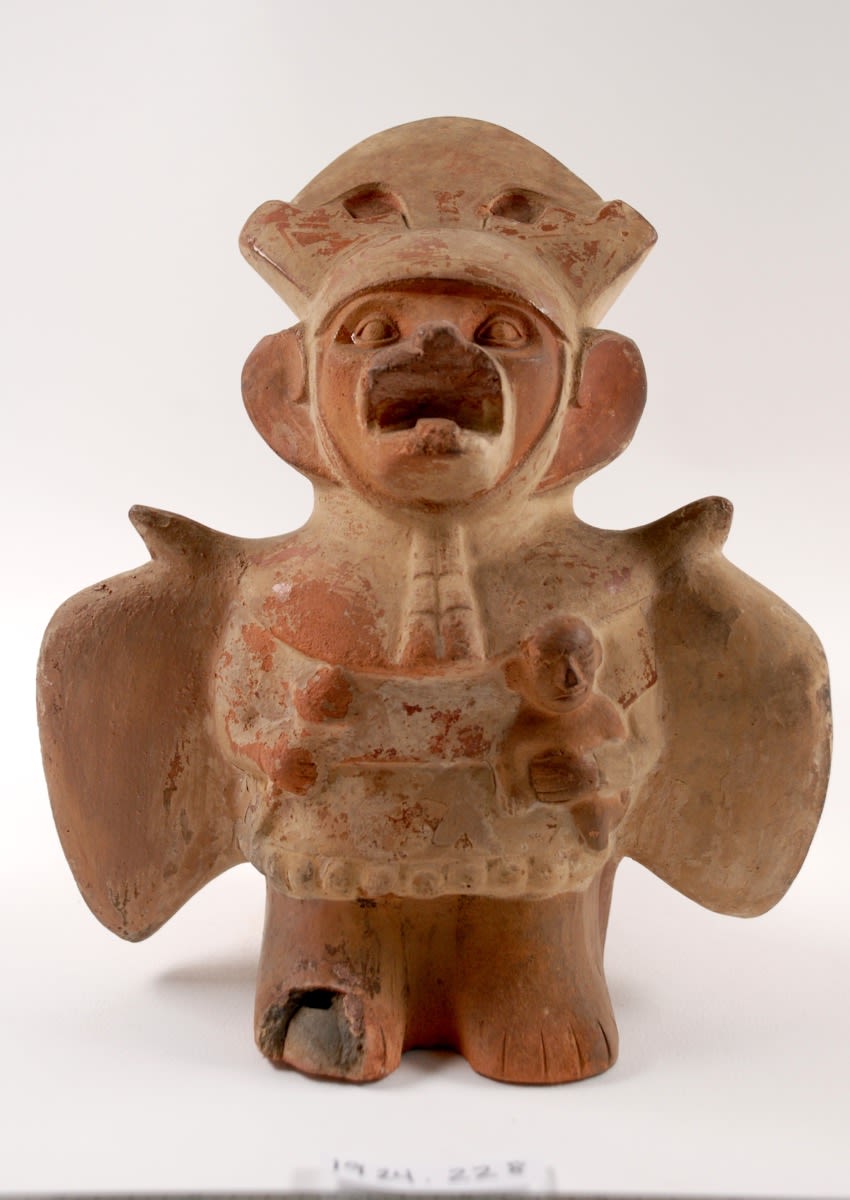
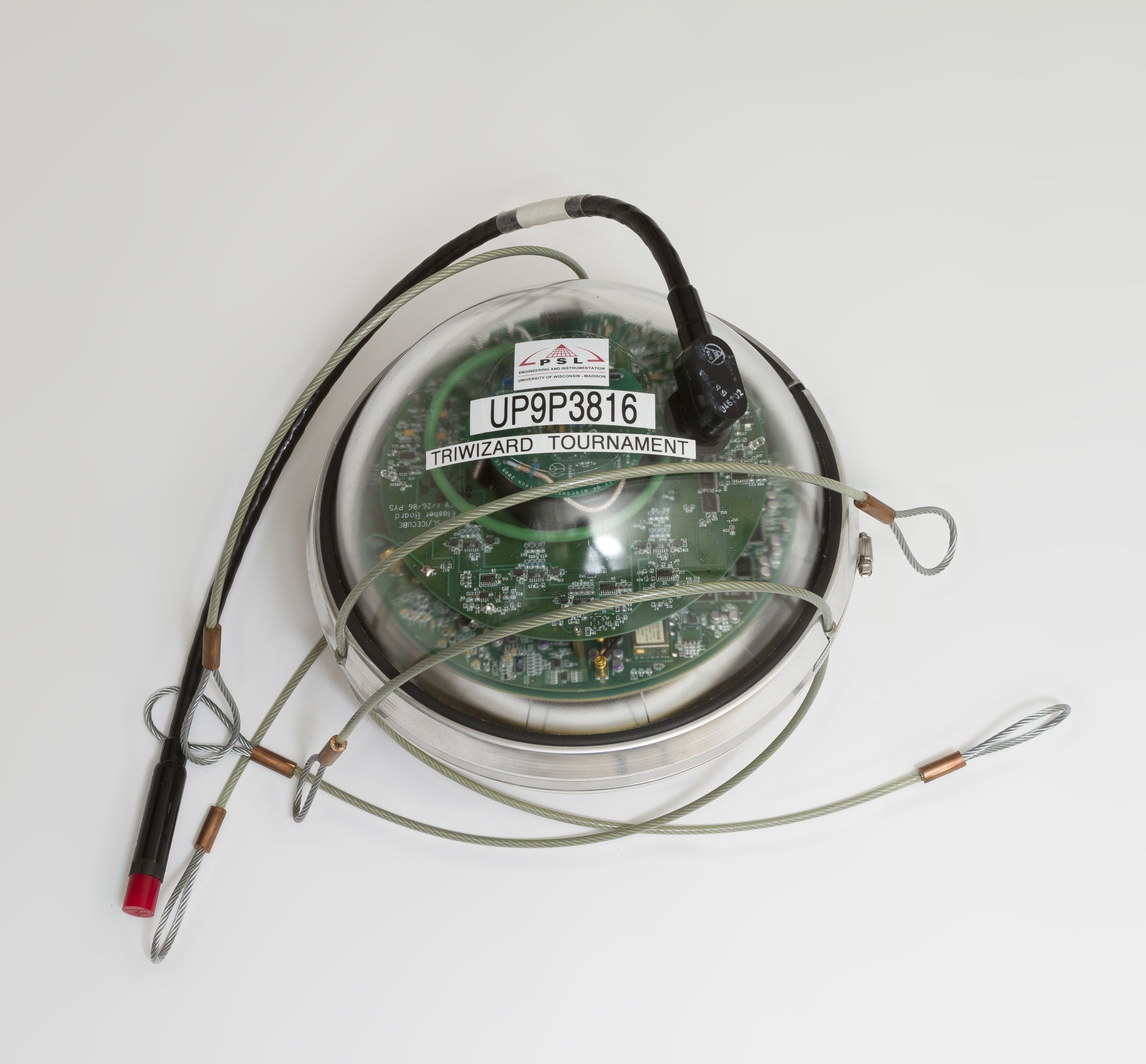
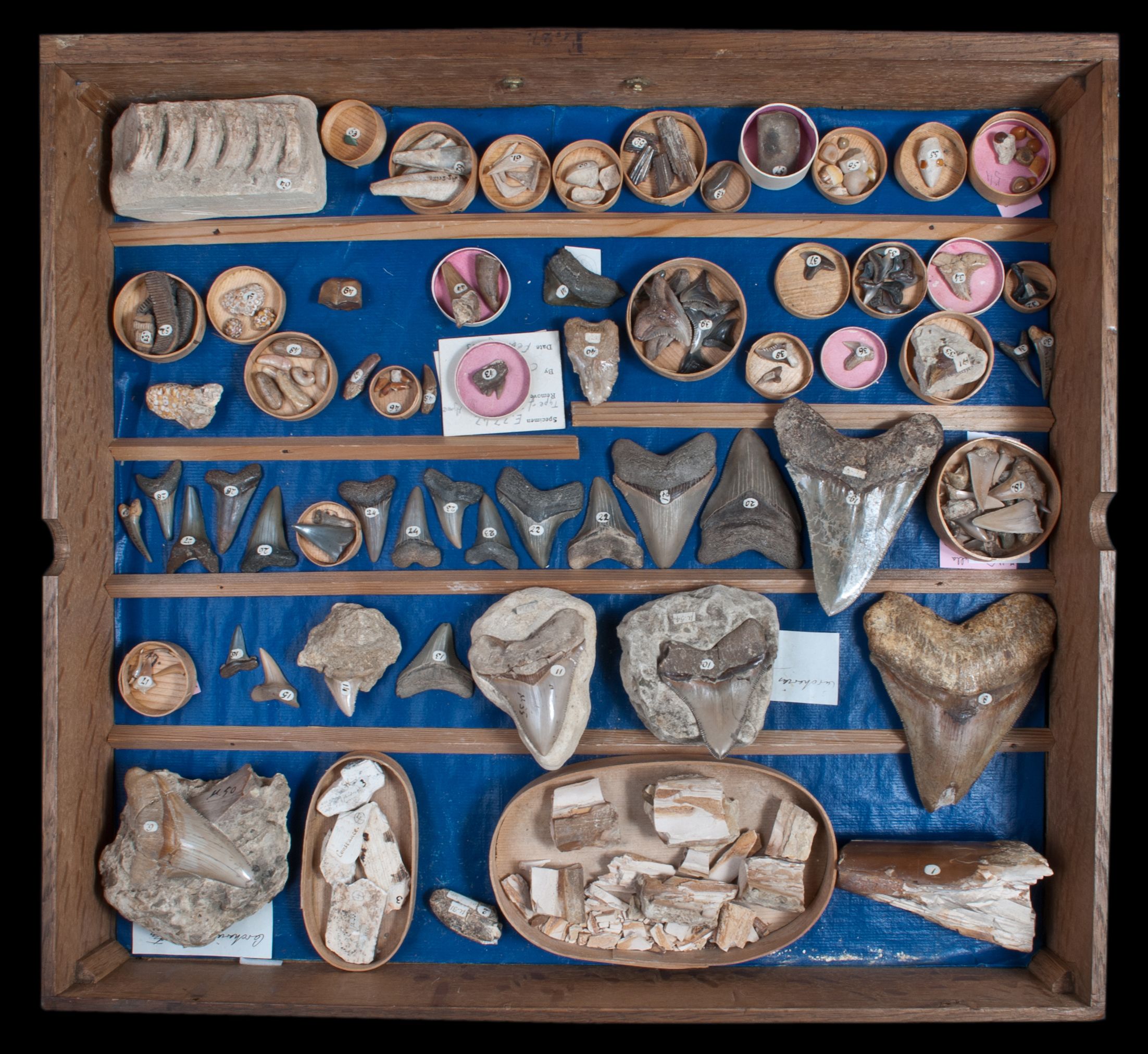
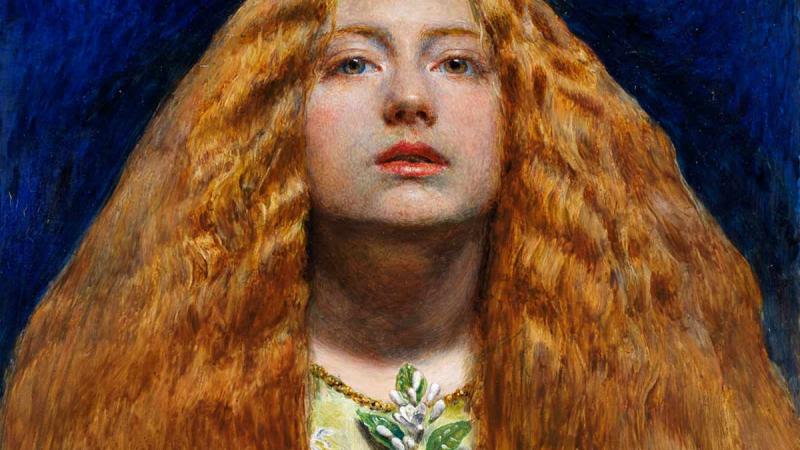
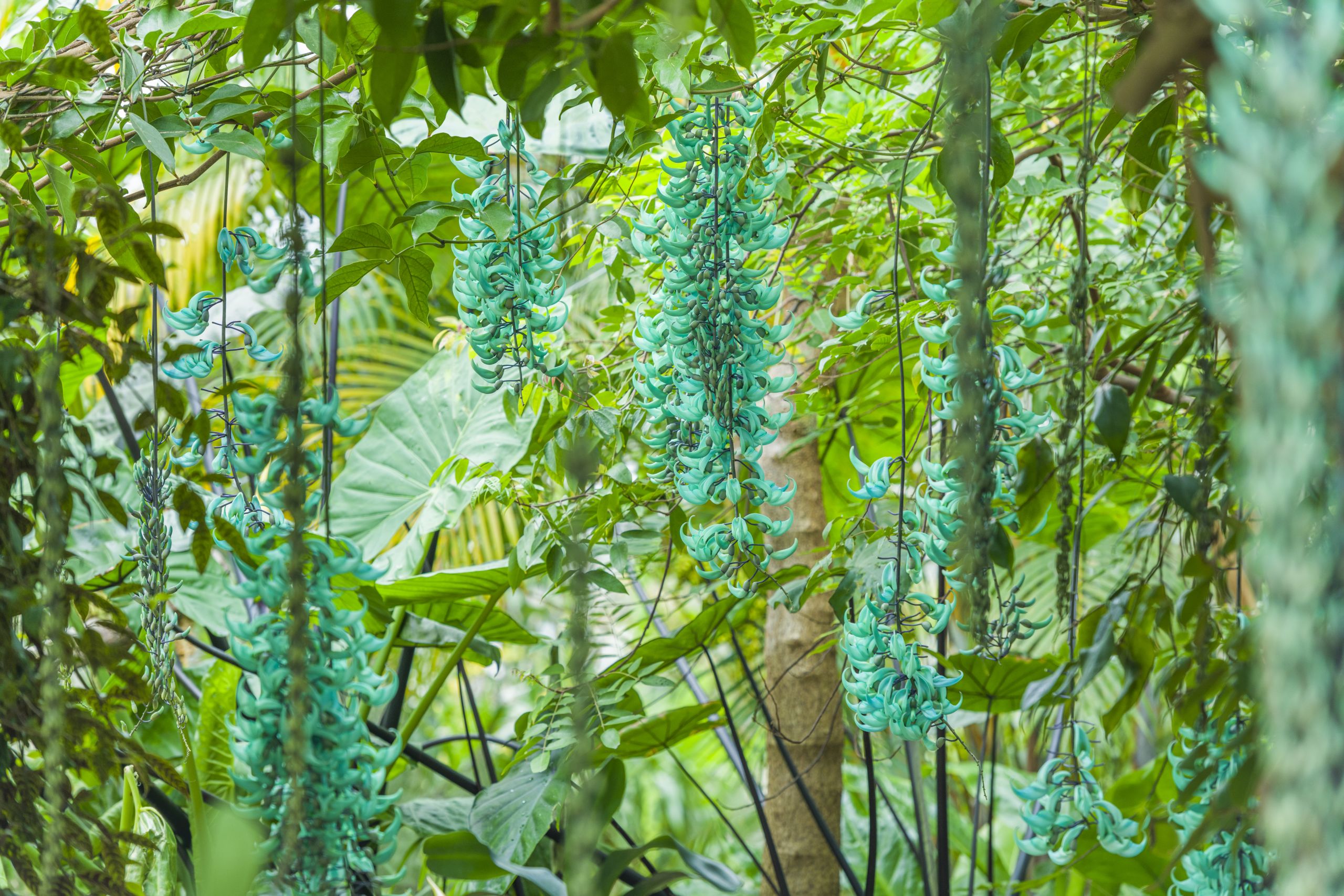

Tinamou egg, c. 1830. Found in Uruguay by Charles Darwin. W. 5 cm. Museum of Zoology. We know that Darwin himself is responsible for the crack in this egg, collected during his voyage on HMS Beagle, as he tried to fit it into a box that was too small.
Tinamou egg, c. 1830. Found in Uruguay by Charles Darwin. W. 5 cm. Museum of Zoology. We know that Darwin himself is responsible for the crack in this egg, collected during his voyage on HMS Beagle, as he tried to fit it into a box that was too small.

Terme Boxer. 20th century plaster cast of a Hellenistic bronze sculpture excavated at Rome in 1885. Museum of Classical Archaeology. This plaster cast was expertly "bronzed" in 2015 to recreate the detail on the original sculpture.
Terme Boxer. 20th century plaster cast of a Hellenistic bronze sculpture excavated at Rome in 1885. Museum of Classical Archaeology. This plaster cast was expertly "bronzed" in 2015 to recreate the detail on the original sculpture.

Ptolemaic Armillary Sphere. English, c.1450. Whipple Museum of the History of Science. An armillary sphere is a model of the universe. Robert Whipple purchase this modest-looking sphere for a small sum in a London antique shop in 1928. Research by Whipple Museum staff has revealed it is likely the oldest surviving instrument of its kind in the world.
Ptolemaic Armillary Sphere. English, c.1450. Whipple Museum of the History of Science. An armillary sphere is a model of the universe. Robert Whipple purchase this modest-looking sphere for a small sum in a London antique shop in 1928. Research by Whipple Museum staff has revealed it is likely the oldest surviving instrument of its kind in the world.

Vessel in the form of the bat god. Trujillo, Peru; Moche civilization; Early Intermediate Period (c.200 BC- 600 CE). Museum of Archaeology and Anthropology.
Vessel in the form of the bat god. Trujillo, Peru; Moche civilization; Early Intermediate Period (c.200 BC- 600 CE). Museum of Archaeology and Anthropology.

Digital Optical Module (DOM) from the Ice Cube Neutrino Telescope at the South Pole. Spherical optical sensor with photomultiplier tube and a single board data acquisition computer. 21st century. Diameter: 35 cm. The Polar Museum.
Digital Optical Module (DOM) from the Ice Cube Neutrino Telescope at the South Pole. Spherical optical sensor with photomultiplier tube and a single board data acquisition computer. 21st century. Diameter: 35 cm. The Polar Museum.

Woodward Cabinet Drawer, Cabinet E Drawer 27: "Bones, teeth etc. of fishes". Sedgwick Museum of Earth Sciences. John Woodward's (1665/8-1728) extensive collection of specimens was the foundation of the Sedgwick Museum. This drawer contains 64 well-preserved Cenozoic-age fossils from Belgium, North America and Malta, some of which are easily identifiable as shark teeth.
Woodward Cabinet Drawer, Cabinet E Drawer 27: "Bones, teeth etc. of fishes". Sedgwick Museum of Earth Sciences. John Woodward's (1665/8-1728) extensive collection of specimens was the foundation of the Sedgwick Museum. This drawer contains 64 well-preserved Cenozoic-age fossils from Belgium, North America and Malta, some of which are easily identifiable as shark teeth.

Strongylodon macrobotrys, one of the highlights of the Botanic Garden's living collections. Commonly known as jade vine, emerald vine or turquoise jade vine, it is a species of leguminous perennial liana native to the tropical forests of the Philippines.
Strongylodon macrobotrys, one of the highlights of the Botanic Garden's living collections. Commonly known as jade vine, emerald vine or turquoise jade vine, it is a species of leguminous perennial liana native to the tropical forests of the Philippines.
Extraordinary objects, extraordinary research
Extraordinary objects generate extraordinary research. The UCM represents a unique part of Cambridge's research ecosystem where academic researchers, practitioners and audiences are drawn together by our collections. Seven of our institutions receive investment from Research England's Higher Education Museums and Galleries Fund, enabling us to support the wider research community.
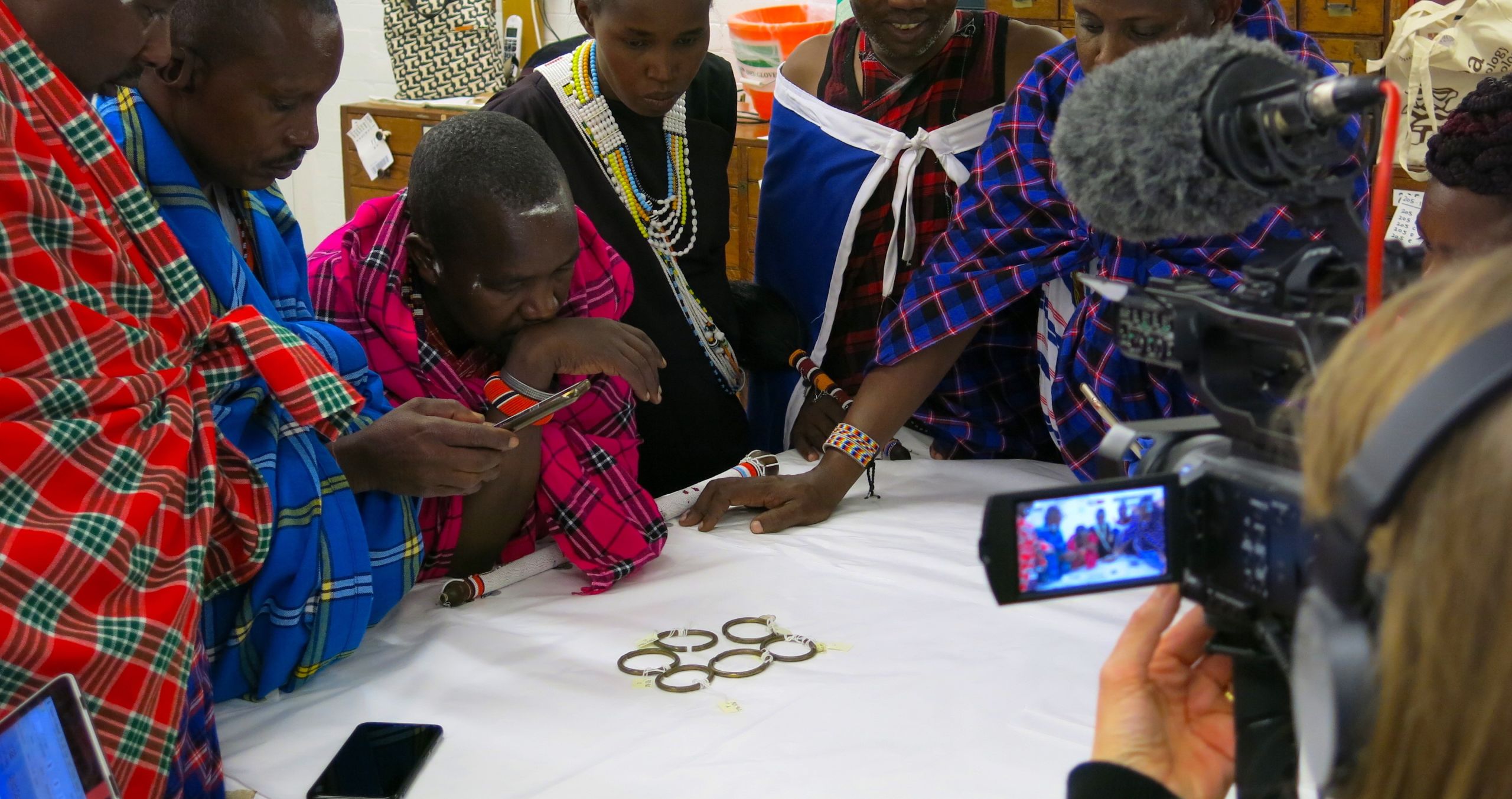
Yannick Ikayo Ndoinyo, James Meipuki Ole Pumbun, Amos Karino Leuka, Evelyn Paraboy Kaney, Lemaron Ole Parit, Samwel Nangiria Taresero and Mashati Juliana Naini visit the Museum of Archaeology and Anthropology (MAA). We work closely with researchers and source communities from around the world. In January 2020, MAA hosted a group of Maasai activists and cultural spiritual leaders from Kenya and Tanzania. The encounter between Maasai men and women and their ancestral artefacts was emotional for visitors and museum staff alike, but from pain and sorrow came new relationships and a new way of working. More on our blog.
Yannick Ikayo Ndoinyo, James Meipuki Ole Pumbun, Amos Karino Leuka, Evelyn Paraboy Kaney, Lemaron Ole Parit, Samwel Nangiria Taresero and Mashati Juliana Naini visit the Museum of Archaeology and Anthropology (MAA). We work closely with researchers and source communities from around the world. In January 2020, MAA hosted a group of Maasai activists and cultural spiritual leaders from Kenya and Tanzania. The encounter between Maasai men and women and their ancestral artefacts was emotional for visitors and museum staff alike, but from pain and sorrow came new relationships and a new way of working. More on our blog.
Even everyday conservation work, carried out in order to stabilise or preserve objects for the future, can further our understanding. Plastics are a ticking timebomb in museum collections, an artificial material that degrades unpredictably. In November 2020, the UCM's Plastics in Peril project will co-host an international conference of over 900 scientists and conservators from 6 continents focusing on practical solutions to caring for and conserving plastic heritage.
Butterflies Through Time
The Museum of Zoology's butterfly collection, which dates back 200 years, is now enabling researchers to better understand long-term environmental change in East Anglia, with direct impact on conservation initiatives on the ground.
Dawn of the Wonderchicken
The Sedgwick Museum collaborated with Dr Daniel Field and researchers in the Department of Earth Sciences to bring the ground-breaking discovery of the "Wonderchicken" - the earliest complete fossil bird skull - directly to visitors in the Museum's gallery and in an online exhibition.
Death on the Nile
The Fitzwilliam Museum's Egyptian Coffins Project used advanced scientific imaging and techniques to produce a new holistic understanding of not just the Museum's coffins, but of the people who made them and were buried in them. As well as a major exhibition, Death on the Nile, they created a pop-up exhibition to take their findings on the road.
Opening doors
The UCM collections inspire the next generation of researchers, museum professionals, and artists, giving over 1,000 schoolchildren a week their first experience of a University space.
In 2019, the Polar Museum teamed up with Selwyn College to run a Widening Participation Summer School for Year 12 students. The students spent time with polar scientists and co-curated an exhibition, Walking on Thin Ice, for the museum's main exhibition space.
In 2019, the Polar Museum teamed up with Selwyn College to run a Widening Participation Summer School for Year 12 students. The students spent time with polar scientists and co-curated an exhibition, Walking on Thin Ice, for the museum's main exhibition space.
We work with children and young people from the very early years to those preparing for higher education, raising aspiration and attainment, and we are integral to the University's teaching and learning. Targeted programmes allow us to work with young people experiencing particular barriers to our offer. Strategic partnerships with schools in social mobility cold spots or areas experiencing higher socioeconomic deprivation allow us to build relationships with young people that last throughout their school career and into work experience and further opportunities.
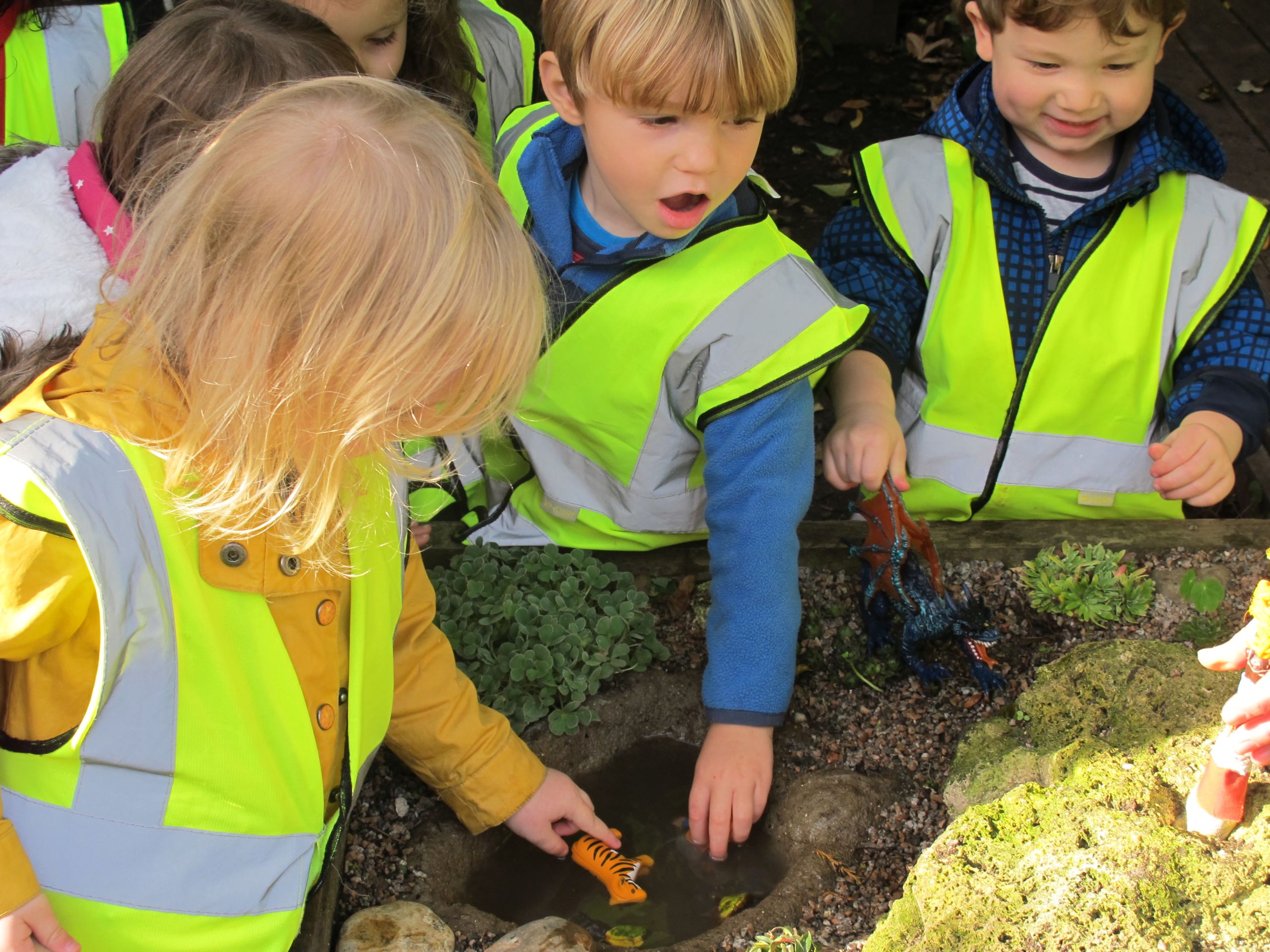
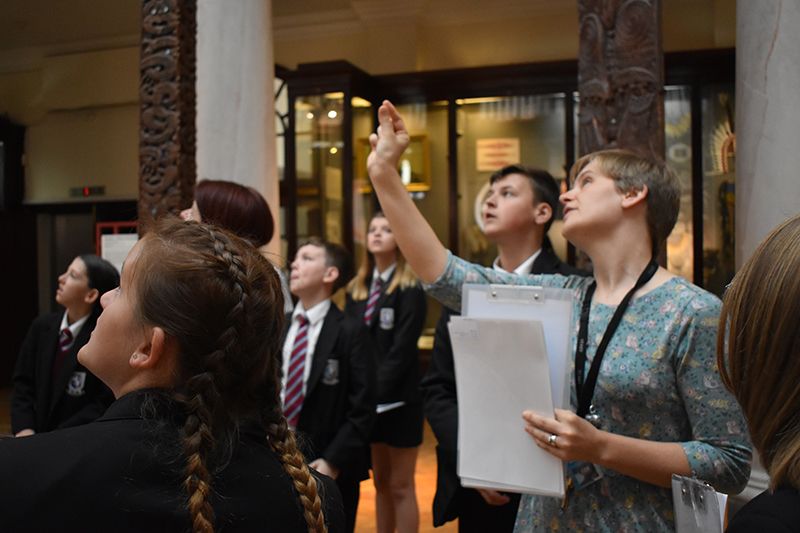
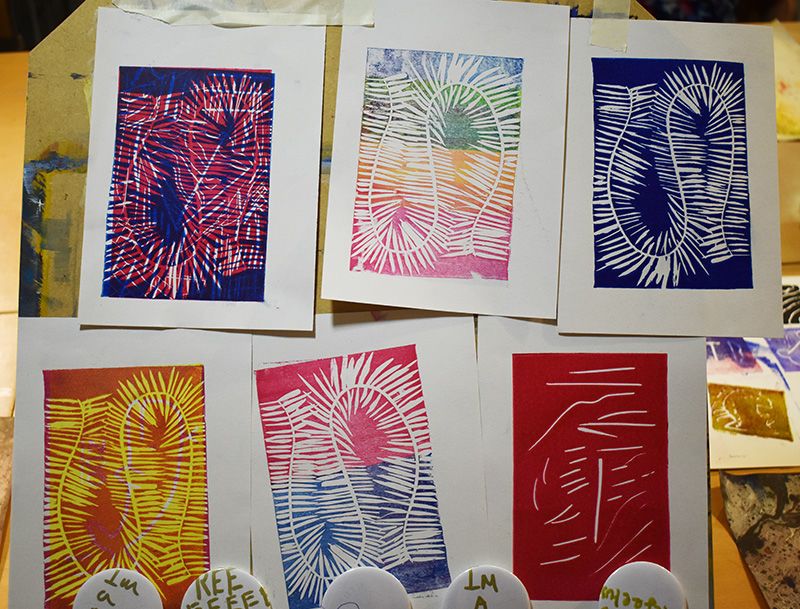
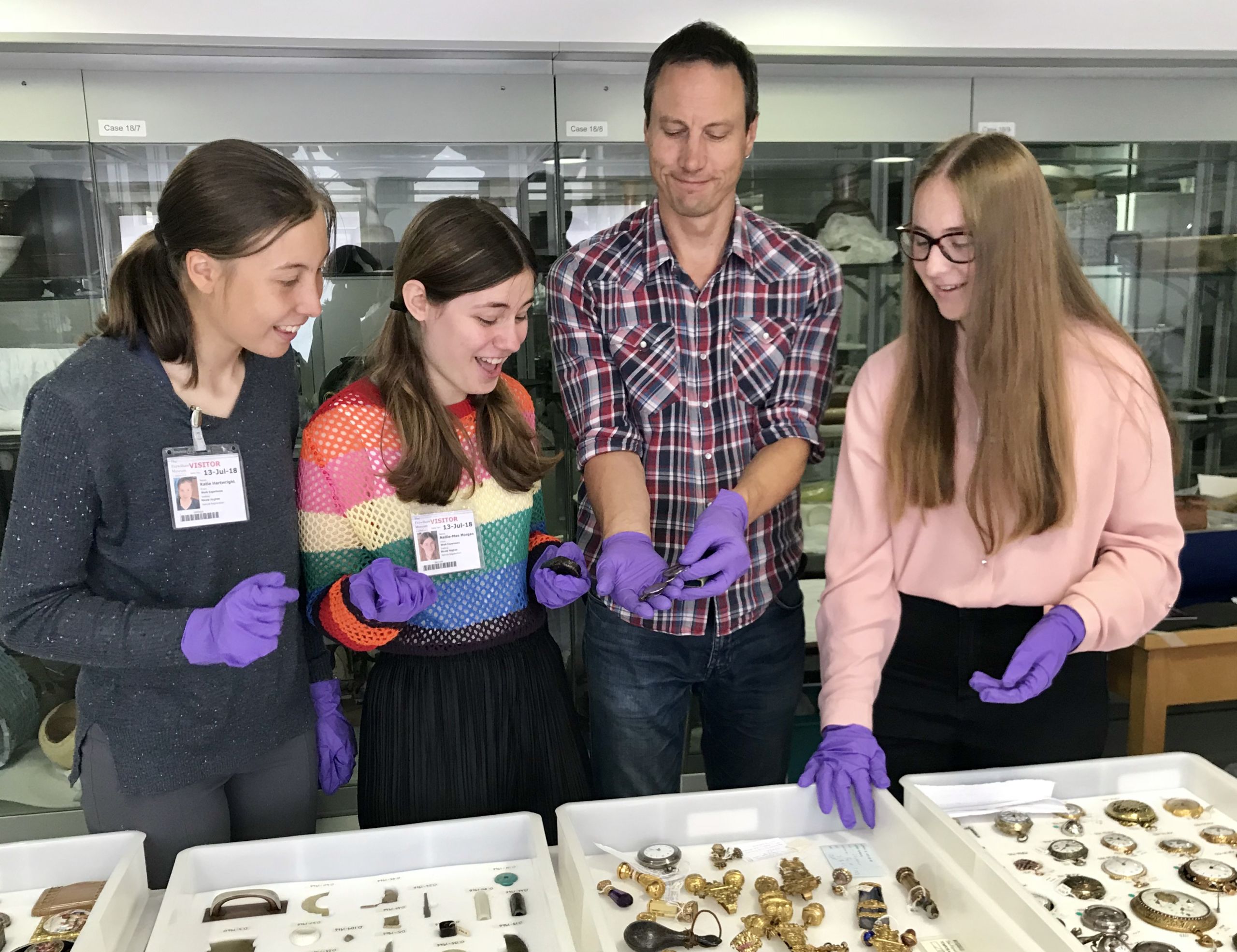
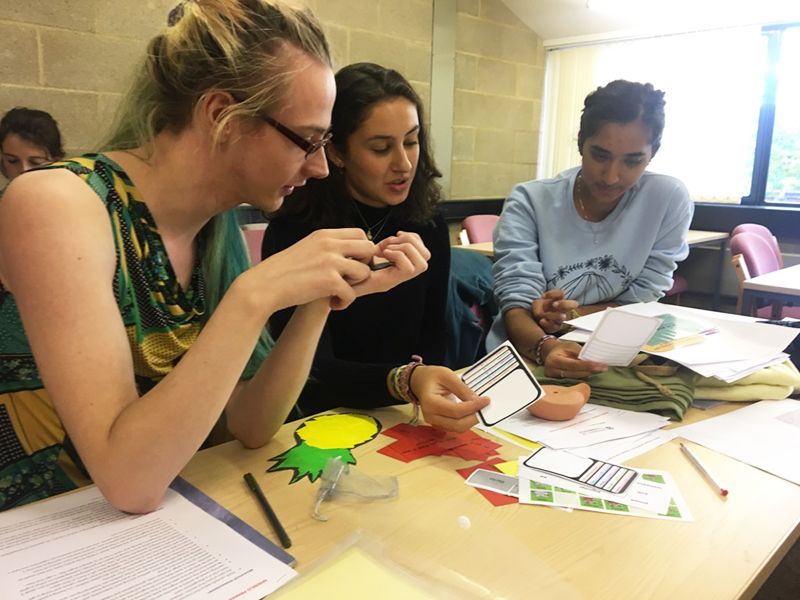
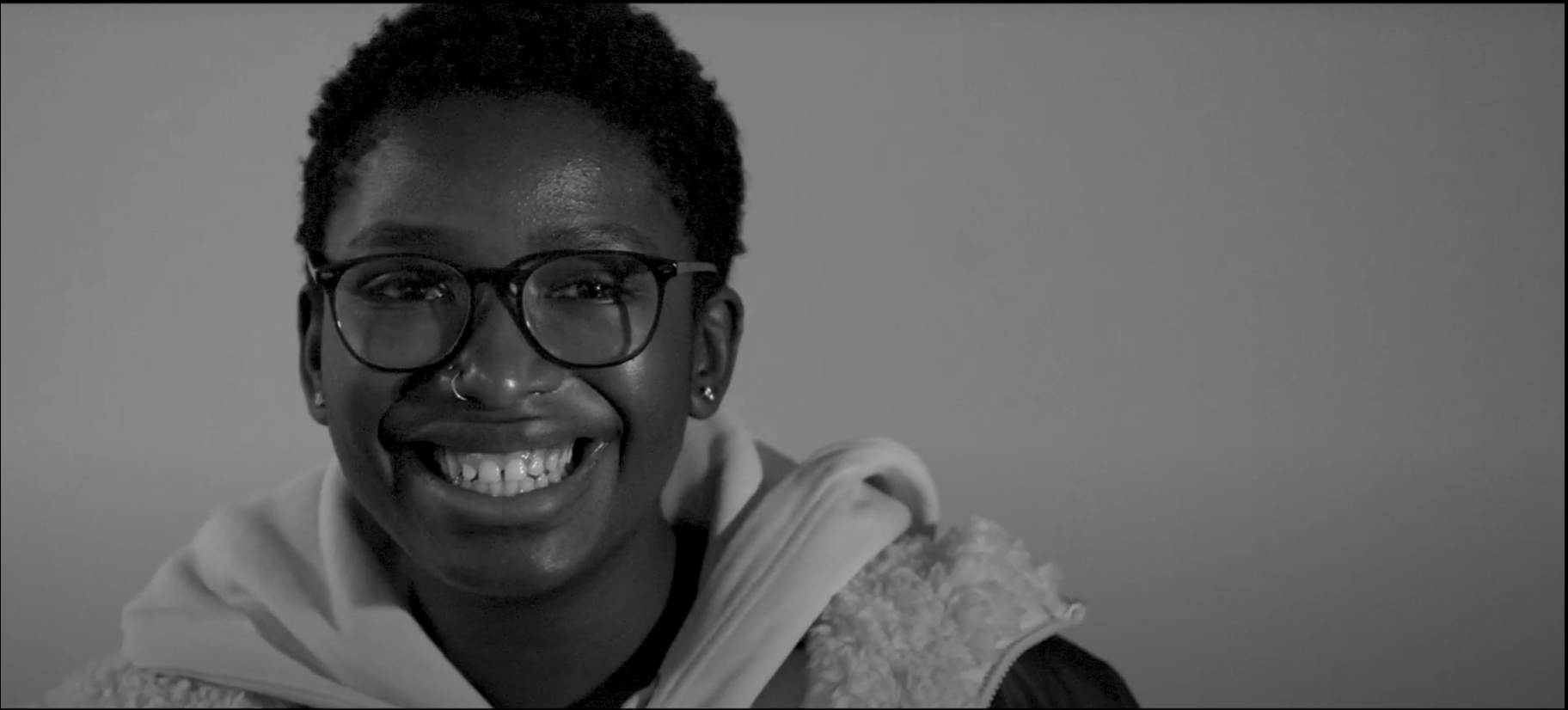

My Nursery is at the Museum & Garden, a collaboration between the Botanic Garden and Fitzwilliam Museum, saw the two institutions host a nursery class for a week's residency in order to investigate the impact of time away from the nursery classroom on the children's learning.
My Nursery is at the Museum & Garden, a collaboration between the Botanic Garden and Fitzwilliam Museum, saw the two institutions host a nursery class for a week's residency in order to investigate the impact of time away from the nursery classroom on the children's learning.

Year 8 students from Cromwell Community College, Chatteris, explore the Museum of Archaeology and Anthropology as part of their Bronze Arts Award project. Mindful of the attainment gap between students eligible for the pupil premium and their classmates who are not, the UCM offers this Bronze Arts Award project to a group of Year 8 pupil premium students. The project aims to improve their confidence and soft skills, encourage them to feel welcome in our museum spaces, enable them to respond creatively to our collections and motivate them in their learning.
Year 8 students from Cromwell Community College, Chatteris, explore the Museum of Archaeology and Anthropology as part of their Bronze Arts Award project. Mindful of the attainment gap between students eligible for the pupil premium and their classmates who are not, the UCM offers this Bronze Arts Award project to a group of Year 8 pupil premium students. The project aims to improve their confidence and soft skills, encourage them to feel welcome in our museum spaces, enable them to respond creatively to our collections and motivate them in their learning.

Designs for new museum logos by the UCM's summer holiday Arts Award project, which offers Looked After Children aged 12-14 (young people currently unable to be supported by their own families, who are in the County Council’s care) the chance to complete a Bronze Arts Award.
Designs for new museum logos by the UCM's summer holiday Arts Award project, which offers Looked After Children aged 12-14 (young people currently unable to be supported by their own families, who are in the County Council’s care) the chance to complete a Bronze Arts Award.

The Opening Doors Project offers a pipeline of opportunity from targeted work experience through to volunteering in order to give young people a taste of different museum careers. Nellie-Mae Morgan (second from left) took part in work experience in 2018, and is currently studying conservation at University. She credits the UCM work experience programme for giving her the passion to seek a career in museums and heritage.
The Opening Doors Project offers a pipeline of opportunity from targeted work experience through to volunteering in order to give young people a taste of different museum careers. Nellie-Mae Morgan (second from left) took part in work experience in 2018, and is currently studying conservation at University. She credits the UCM work experience programme for giving her the passion to seek a career in museums and heritage.

The Minimus Project at the Museum of Classical Archaeology gives undergraduate Classics student volunteers the skills they need to lead beginners' Latin clubs in a number of local state primary schools. Alumni from the project have gone on to become fully fledged Classics teachers, while pupils at participating school gain access to a subject that would not otherwise be included in the curriculum.
The Minimus Project at the Museum of Classical Archaeology gives undergraduate Classics student volunteers the skills they need to lead beginners' Latin clubs in a number of local state primary schools. Alumni from the project have gone on to become fully fledged Classics teachers, while pupils at participating school gain access to a subject that would not otherwise be included in the curriculum.
A good neighbour
We are proud to be the places where the University meets the City of Cambridge. Investment from Arts Council England, Cambridge City Council and Cambridgeshire County Council enables us to work closely with our local communities to address inequality and deliver wider public benefit. We have a particular interest in the ways in which cultural activity can improve health and wellbeing, and represent the East of England at the national Culture, Health and Wellbeing Alliance.
Curiosities at the Bedside is a partnership with Addenbrooke's Hospital Dialysis Unit, and sees museum staff visit patients at the Dialysis Unit with objects to explore and handle.
Curiosities at the Bedside is a partnership with Addenbrooke's Hospital Dialysis Unit, and sees museum staff visit patients at the Dialysis Unit with objects to explore and handle.
As well as a social, we also have a significant economic impact. Cambridgeshire's museums contributed £59 million to the local economy in 2018/19 and across the six counties of the East of England museums generated an additional economic impact of £40 million through spend on goods and services. In 2019/20 we welcomed 1,074,218 visitors, 48% of whom combined their visit with a meal in a local restaurant.
Here, we’ve highlighted three key projects from the past year, but more detail on our activity can be found on our website at: https://www.museums.cam.ac.uk/blog/
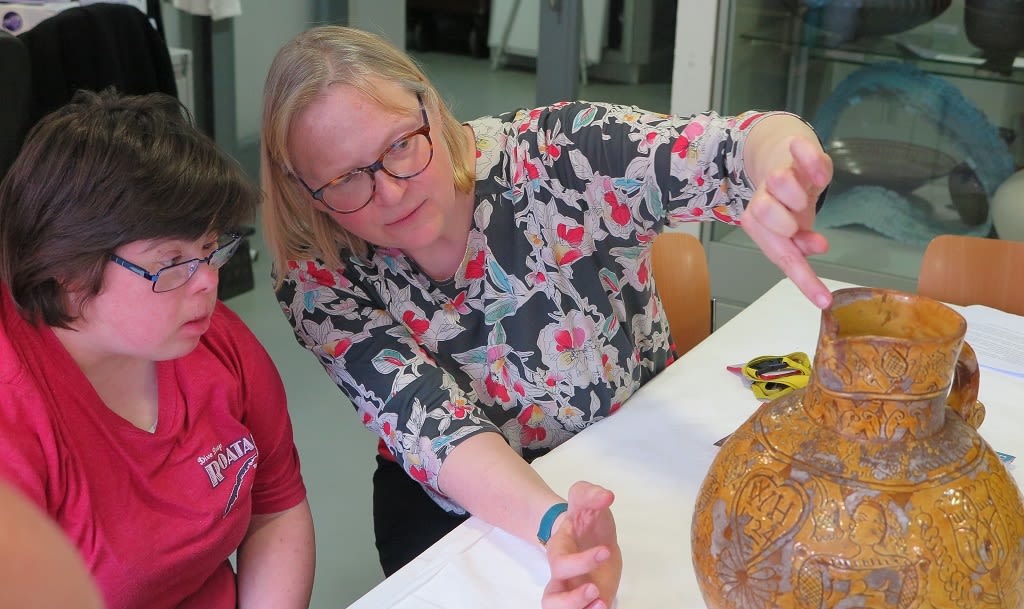
Fitzwilliam Museum Keeper of Applied Arts Vicky Avery discusses the Devon harvest jug with Rowan art student Emma, part of a workshop that inspired the students to create their own artworks for inclusion in the museum's Feast and Fast exhibition. The UCM has a long-established partnership with Rowan, a Cambridge-based charity and arts centre for people with learning disabilities.
Fitzwilliam Museum Keeper of Applied Arts Vicky Avery discusses the Devon harvest jug with Rowan art student Emma, part of a workshop that inspired the students to create their own artworks for inclusion in the museum's Feast and Fast exhibition. The UCM has a long-established partnership with Rowan, a Cambridge-based charity and arts centre for people with learning disabilities.
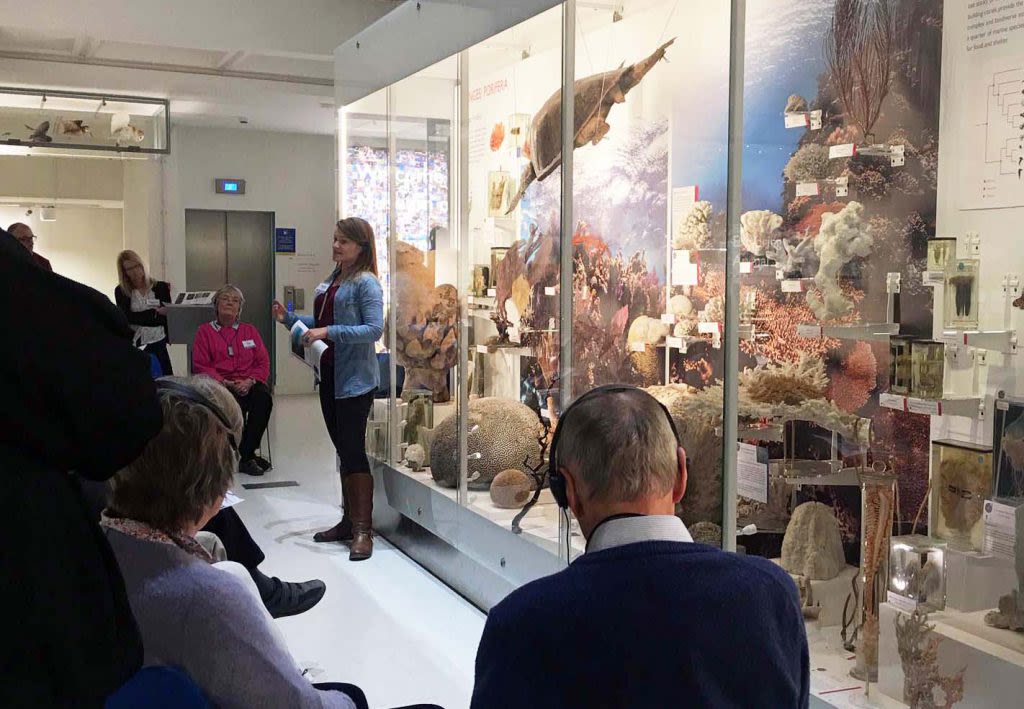
Department of Zoology researcher Maddie Emms shares her research on coral with participants in the Museum of Zoology's Portals to the World course for patients with a dementia diagnosis and their carers.
Department of Zoology researcher Maddie Emms shares her research on coral with participants in the Museum of Zoology's Portals to the World course for patients with a dementia diagnosis and their carers.
Dance and Time at the Museum
Since 2017, the Fitzwilliam Museum has worked with the City Council's Independent Living Service to support older people in sheltered housing settings through Dance and Time in the Museum sessions, aimed at improving social connection for those at risk of loneliness and isolation.
Access for all
Not everyone is able to access the museums' offer with a general visit. The UCM offer a range of opportunities and programmes to facilitate access by those who might experience additional barriers. These include touch tours and workshops for blind or partially-sighted people, disability-friendly openings for families with sensory sensitivities, the Arts Pioneers Saturday club for young people with disabilities, and Arts on Prescription sessions for those experiencing mental ill-health.
Inspire!
Inspire 2020, a partnership between the Fitzwilliam Museum and AccessArt, was designed to support teachers at a time of widespread concern about the decline of specialist arts provision in state primary schools. 68 Cambridgeshire teachers participated in Inspire training sessions, and the project culminated in the first major exhibition of children’s art at the Fitzwilliam Museum (December 2019-March 2020). The project not only strengthened arts education in local primary schools and teachers’ confidence in accessing museum resources, it also initiated a relationship between nearly four thousand young people, their families, and their local museum.
Discover more
You can find out more about the work of the University of Cambridge Museums and the projects described above on our Collections in Action site.
The University of Cambridge Museums are:
Museum of Archaeology and Anthropology
Museum of Classical Archaeology
The Fitzwilliam Museum
Kettle's Yard
The Polar Museum
Sedgwick Museum of Earth Sciences
Whipple Museum of the History of Science
Museum of Zoology
together with Cambridge University Botanic Garden.


